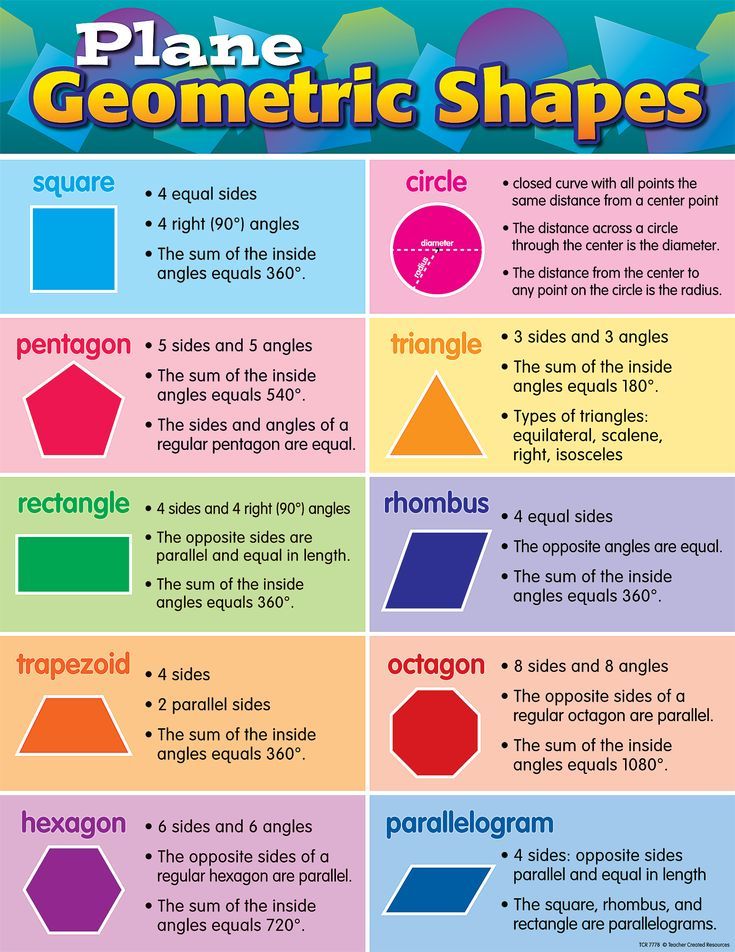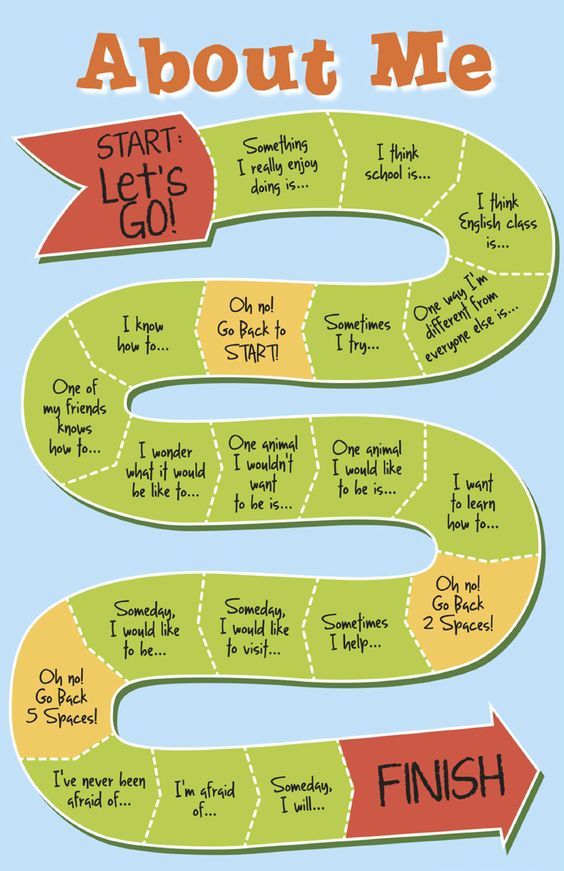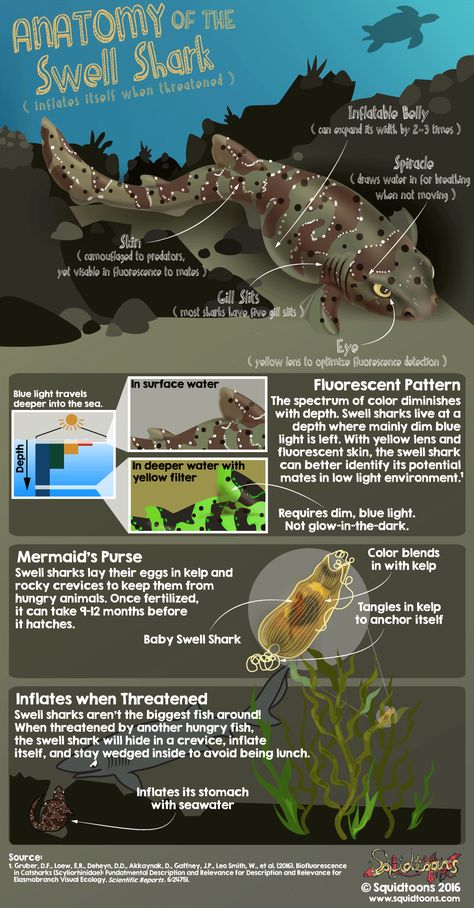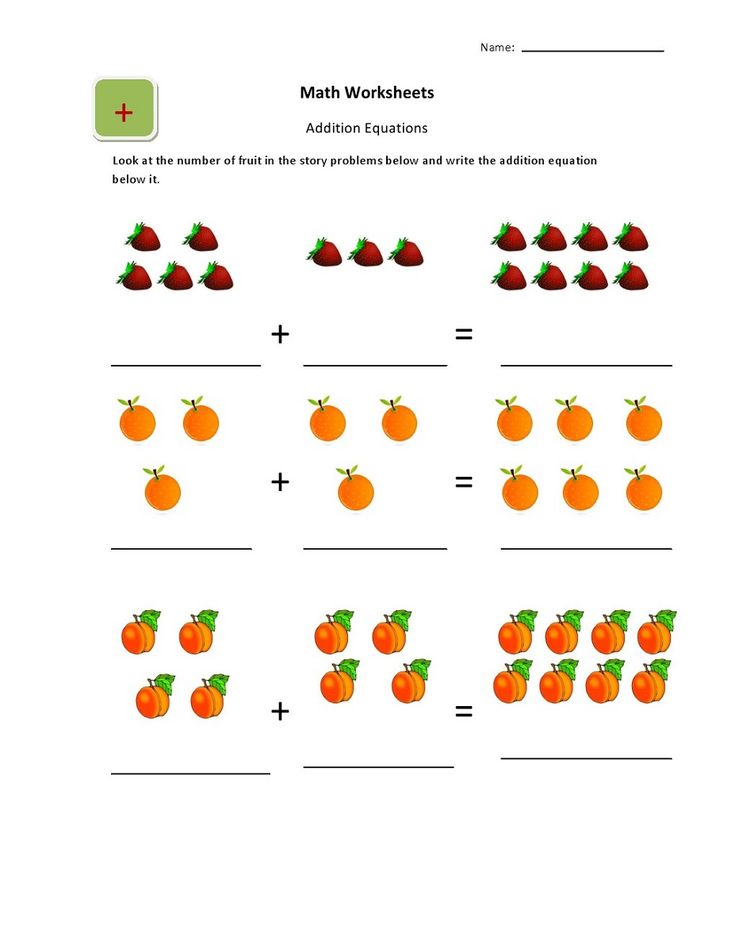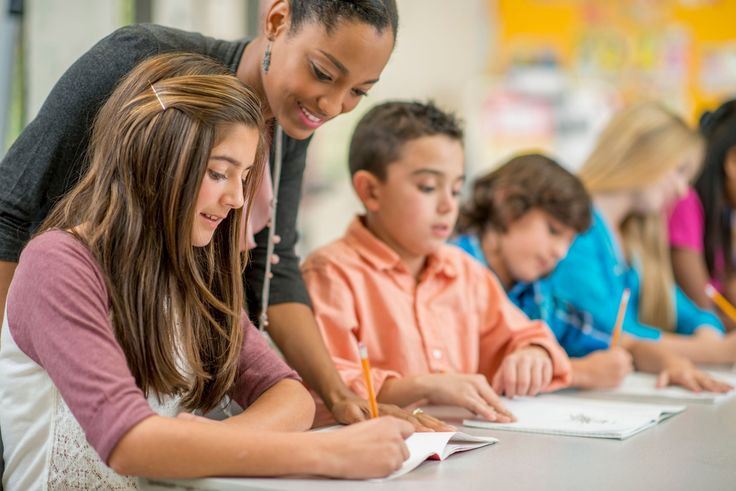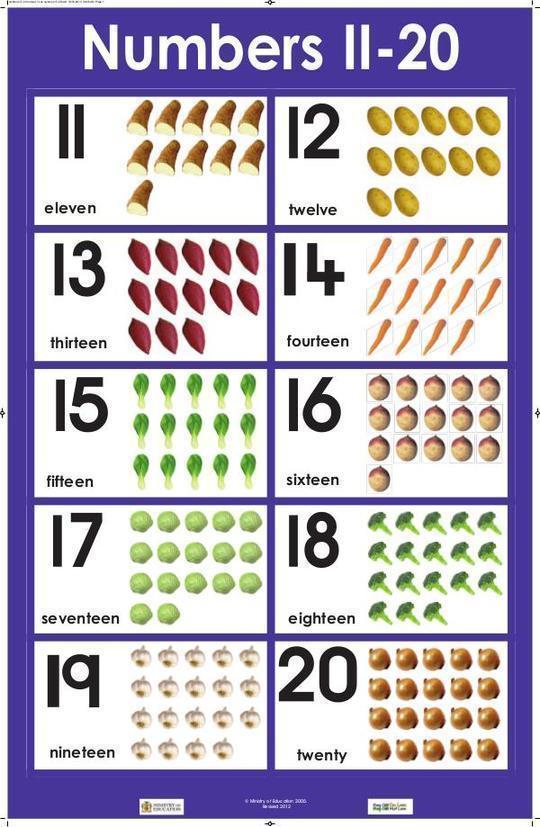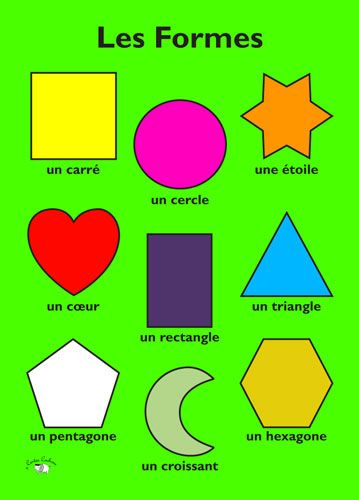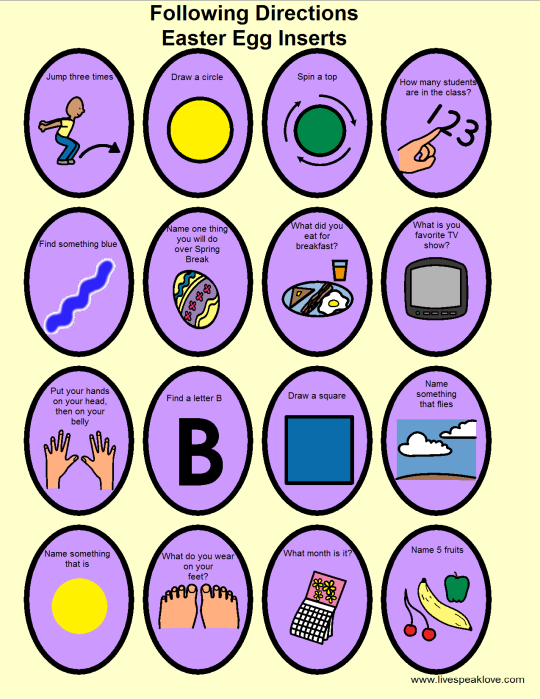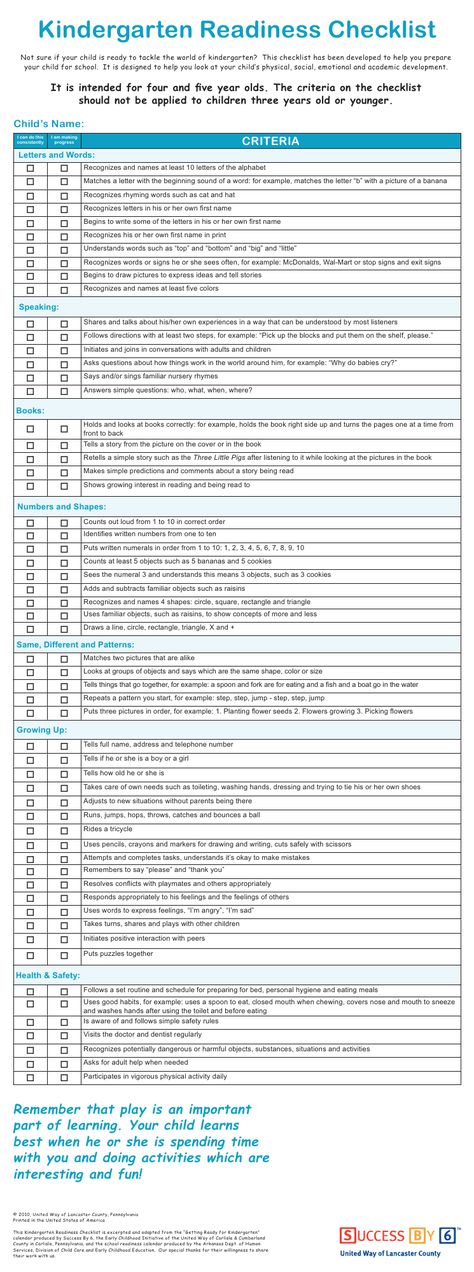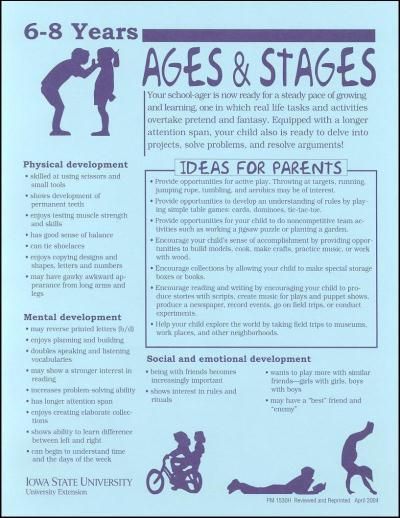What shapes should preschoolers know
What Children Know and Need to Learn about Shape and Space
Geometry encompasses two major components. One is reasoning about shape. We learn, for example, that triangles must have three straight sides and three angles, but the angles may be narrow or wide, and the triangles may be tall or short, red or blue, or tilted in any number of ways. The second component is thinking about space. We learn how objects relate to one another and to us in space: the ball is on top of the sofa, the sofa is under the ball, and we are in front of both.
Although children accurately perceive shape and space in their everyday environments, preschool children from about three to five years of age need to learn to think about these topics. Our main educational goal should be to promote understanding of basic geometry.
ShapeContext and overview
Perception of objects begins soon after birth. From their earliest days to about 18 months, babies can easily see the differences between common objects: they see that mother is different from father and that dog is different from cat. Babies can differentiate types of objects: they see that this is the plate and this is the cup, even if they don’t know the name for each and cannot articulate the key differences between them. Further, babies can identify objects even when they change location: this is mother regardless of whether we see her from one side or another, or whether she is close or far, lying down or standing up, or partially or fully visible.
By the end of infancy, object perception is relatively well developed, and children navigate the everyday world with relative ease. At the same time, they still have a great deal to learn, particularly the analysis of shapes, that is, understanding their essential features. Learning the shape names is easy. But analyzing them is much harder. Hence, the focus of early geometry education should be on analysis and understanding.
Early perceptions and ideas of shape
At roughly three and four years of age, children learn several aspects of shapes, both two-dimensional (2-D) and solid (3-D).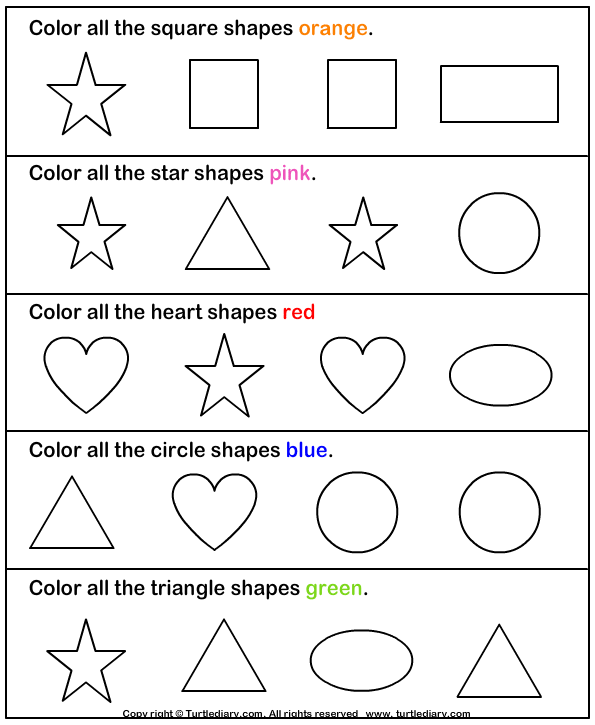 The illustrations that follow mostly involve 2-D shapes, but the same points can be made about solids as well.
The illustrations that follow mostly involve 2-D shapes, but the same points can be made about solids as well.
Perception of difference and sameness
Young children can easily discriminate (see or perceive the differences) between various shapes. For example, asked whether the 2-D shapes in Figure 1 are different, children will quickly agree that they are.
They can also easily discriminate between 3-D shapes, for example, between a rectangular prism (like a book) and a sphere (like a ball), or between a sphere and a cube (like a block with six square faces).
Clearly young children can see differences between triangles and rectangles, and between books and balls. They may even know the names triangle and rectangle. But at the same time, they may not be able to analyze the basis for their discriminations. They may have no knowledge about the properties of triangles and rectangles. They may not understand, for example, that a triangle must have three sides, that it is a closed figure, or that both figures are polygons.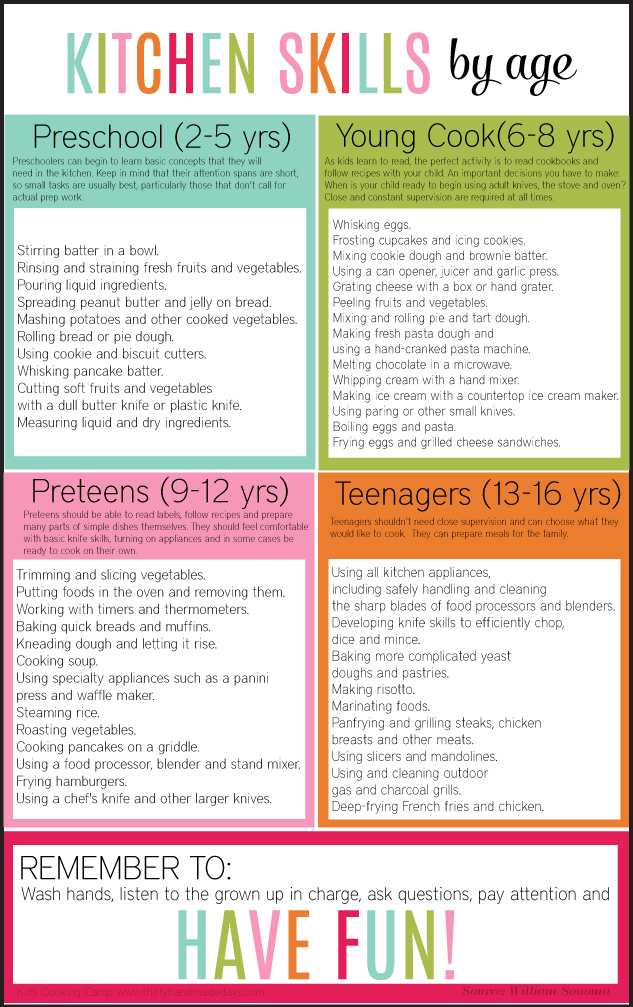
In brief, the ability to discriminate means only that the children see that the shapes look different. At the same time, the children may not know anything important about them. We need to distinguish between seeing and thinking, perception and thought.
What about the idea of same? Young children can see that two rectangles are perceptually the same or identical (congruent). They might even see the congruence if one of the rectangles were tilted a little to the side (but not too much!). Figure 2 shows an example.
Identifying sameness, in the sense of congruent shape, is not very difficult for young children, who are expert perceivers, at least of what is on the surface. Their perception is largely non-verbal and direct. Note that language is not essential for any of these judgments: children (or animals) can see that shapes are identical without being able to name them. Children can also give the shapes incorrect names but still accurately perceive sameness (and difference).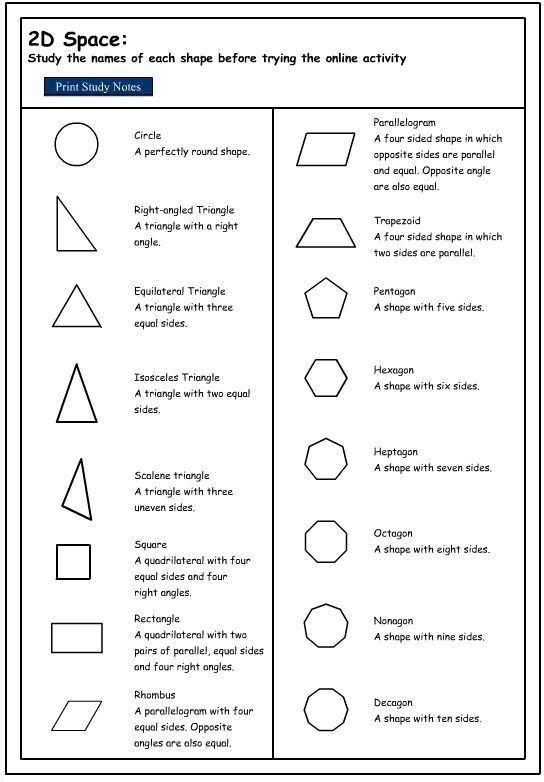 For example, you can say that a pack of “dogs” are the same when you should have called them “elephants.” The objects are seen as the same, whatever you call them.
For example, you can say that a pack of “dogs” are the same when you should have called them “elephants.” The objects are seen as the same, whatever you call them.
Figure 3 illustrates an interesting complication. Sometimes children seem not to recognize a clear difference. For example, a three-year-old might say that the shapes in Figure 3 are the same because they both have “pointy tops.”
Does this mean that the child cannot see the difference between the shapes? Not necessarily. The child probably sees the differences, but thinks that the shapes are nevertheless the same. If the adult asks whether the shapes are at all different, the child might say that one has three sides and the other four, but they are the same because they each have that “pointy top.” So the child sees a perceptual difference, but thinks the shapes are the same because they each share a vertex on top. Actually, the child is quite right: even though the shapes are different, they are the same in the property the child describes.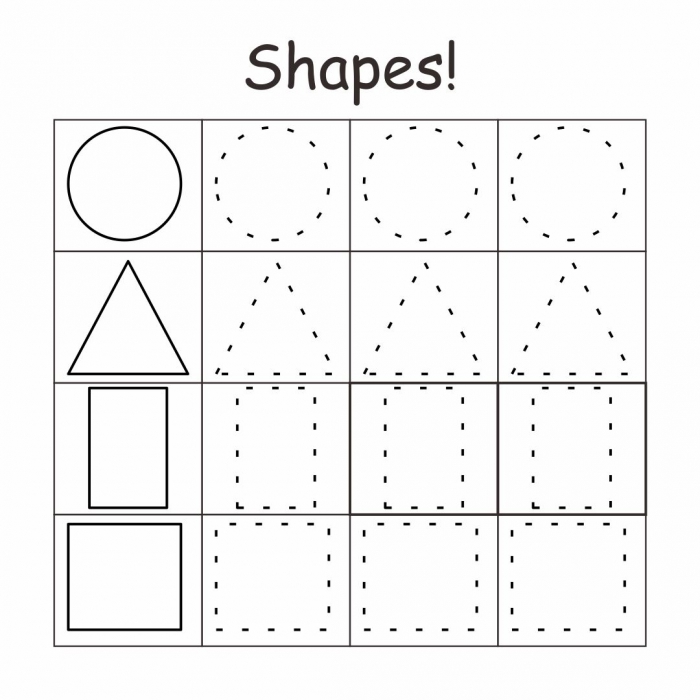 This is one reason to interview children in an attempt to uncover the thinking that underlies their overt responses. The child may say “same” but also understand that the shapes are different in another respect.
This is one reason to interview children in an attempt to uncover the thinking that underlies their overt responses. The child may say “same” but also understand that the shapes are different in another respect.
Classification. Young children need to go beyond perceiving sameness and difference. They must learn to classify objects that are similar (as opposed to congruent) in key respects. They need to learn that three-sided figures of different sizes are all triangles; that non-congruent but similar four-sided figures with equal length and right angles are all squares; that basketballs and globes are spheres; and that blocks varying in color can be cubes.
Some classifications are easier for young children than others. For example, they can see that squares of different sizes all go together. They can identify prototypical, that is standard common triangles, like those in Figure 4, regardless of size. Again, this can be done without knowing the names.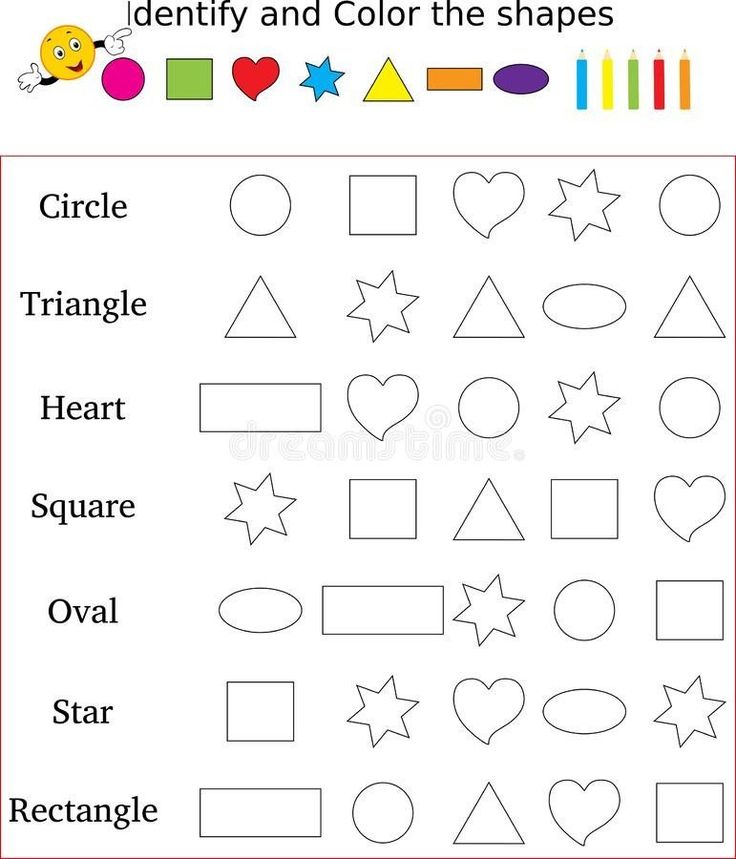 Whatever the figures are called, some go together and others do not.
Whatever the figures are called, some go together and others do not.
Names. Of course, children need to learn the correct names. Names are useful in several ways: they allow you to communicate to others (“This is a triangle.”) and they also refer you to a category to analyze (“This is called a triangle and so are these. I wonder how they are the same.”). The English shape names are a bit odd, because many derive from Greek or Latin. For example, the word triangle derives from the Greek for “three angles.” By contrast, the Chinese shape names are transparent. In Chinese, the name for rectangle translates as "four-sided shape." Despite this, geometric names are not difficult for children to learn. Preschool children know thousands of names, including special names like Brontosaurus or esoteric names of cartoon characters or toys or action figures. Given their ability to absorb language, young children should experience little difficulty in learning names like rectangular prism or pentagon.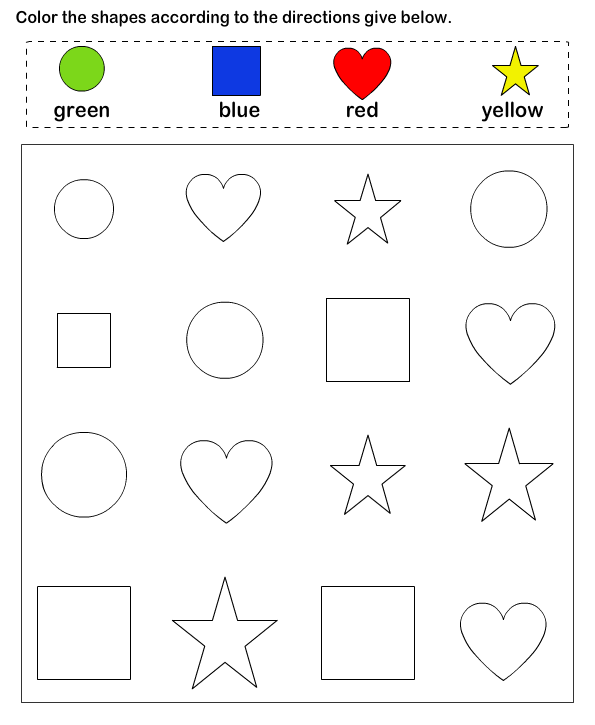 But the adult should always keep in mind that names, while necessary, are superficial. Children need to learn to understand the properties of shapes, not just how to sort or name them.
But the adult should always keep in mind that names, while necessary, are superficial. Children need to learn to understand the properties of shapes, not just how to sort or name them.
Understanding. Understanding is multifaceted. Children need to learn to analyze shapes, identify their defining properties, and talk about them. They need to learn what makes a triangle a triangle and how a triangle is different from a square. They need to learn that a square is a sub-class of rectangles.
As mentioned above, children can easily learn to categorize prototypical shapes. They learn that equilateral, isosceles, and right triangles are all triangles. At the same time, children may not know that a long, thin, scalene triangle, like that in Figure 5, is also a legitimate member of the triangle family, and that all triangles of any color can be small or large, tipped to the side or lying on a horizontal base. Size, color and orientation do not matter when the goal is to identify shapes that are the same type.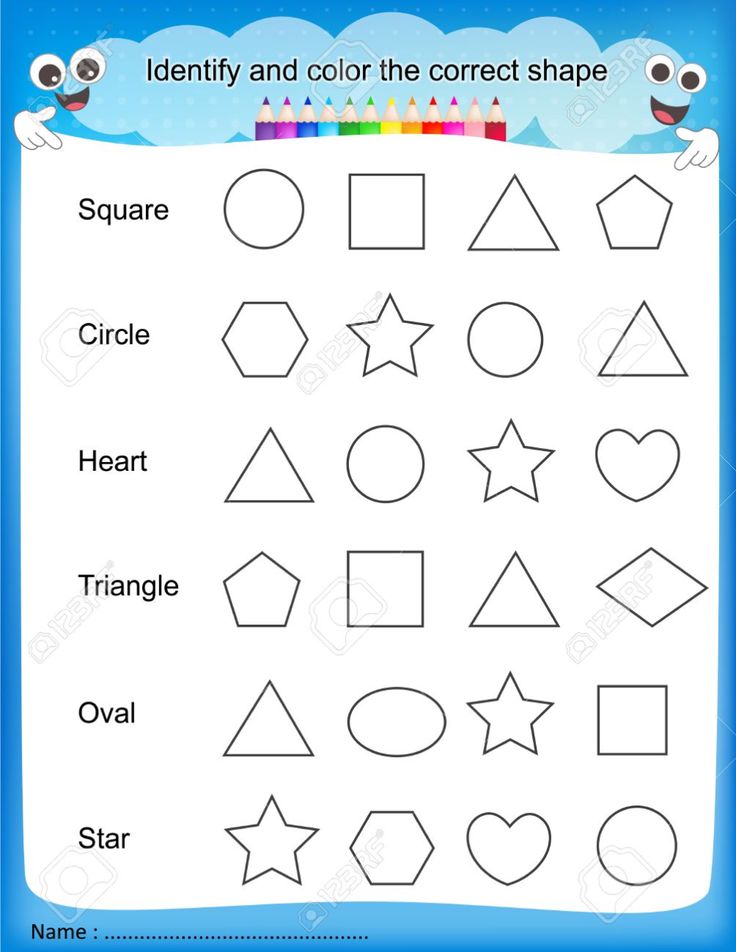
The child's main challenge is to acquire explicit knowledge of the defining properties of shapes. Children need to understand that a triangle has certain defining properties and a square has others and that these forms are invariant over changes in size, orientation, and color. They also need to be able talk about the shapes; to explain why the triangle is a triangle even if it is not prototypical.
Children’s limited understanding of essential and non-essential properties may stem in part from the limited array of shapes that they see. Children are often exposed to prototypical shapes in books and toys. If a picture book introduces a triangle, it is likely to be equilateral or isosceles, and rarely scalene. Shape sorting toys also involve prototypes, in this case three dimensional, like an equilateral triangular prism.
Given that children are seldom presented with non-prototypical shapes, adults need to expose children to them and teach the basic properties of shapes, making explicit the reasons why one shape is a triangle and the other is a pentagon.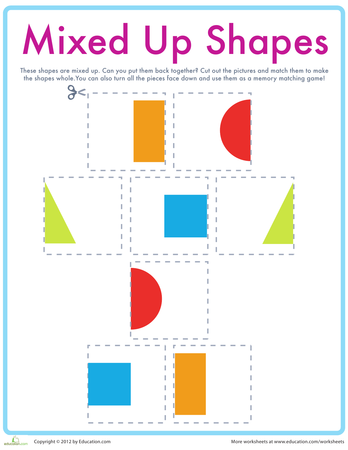 As in other areas, adults need to help children mathematize their knowledge of shapes, that is, develop an explicit awareness of the formal mathematics. Children need to learn how to think and talk explicitly about mathematical properties such as the number of vertices and sides that define a figure.
As in other areas, adults need to help children mathematize their knowledge of shapes, that is, develop an explicit awareness of the formal mathematics. Children need to learn how to think and talk explicitly about mathematical properties such as the number of vertices and sides that define a figure.
Composing and decomposing shapes. Children also need to explore and learn about taking shapes apart and using shapes to construct other shapes. For example, if the goal is to create a square from two triangles, the child must pay attention to the interior angles and the lengths of the sides of the triangles. Composition and decomposition foster analysis.
Children can explore shapes using several activities of this type. As shown in Figure 6, children can compose shapes. When a child puts two squares of the same size together by aligning their widths, the result is a long rectangle. When a child places two identical semicircles together by aligning their diameters, the result is a full circle.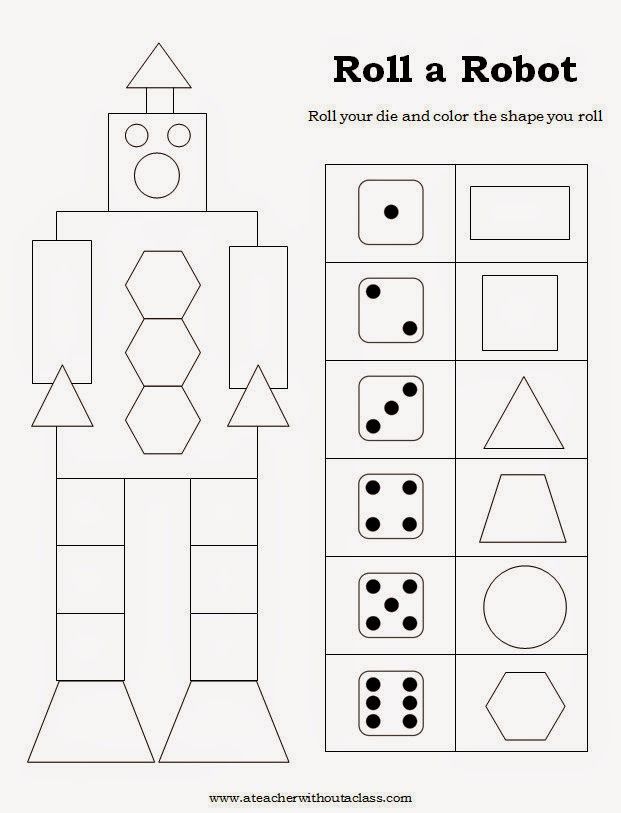
Children can also decompose shapes. As shown in Figure 7, when a child divides a rectangle along its diagonal or cuts an equilateral triangle down the middle, the child gets two right triangles.
Composing and decomposing can be a lot of fun, whether the shapes are physical forms or computer graphics, and whether the child is engaged in exploration or solving a problem created by the adult.
SpaceContext and overview
Humans (and animals too) require basic concepts of space if they are to function adequately in the everyday world. For this reason, often on their own, young children (even infants) begin to use or develop basic spatial concepts, including ideas about location, relative position, symmetry, and direction. Some spatial skills and ideas are built into the human perceptual system: even babies demonstrate that they can distinguish between near and far when they attempt to reach for the closer of two toys. Babies and toddlers further develop these abilities as they crawl or walk around, become aware of their surroundings, and think about where they are going.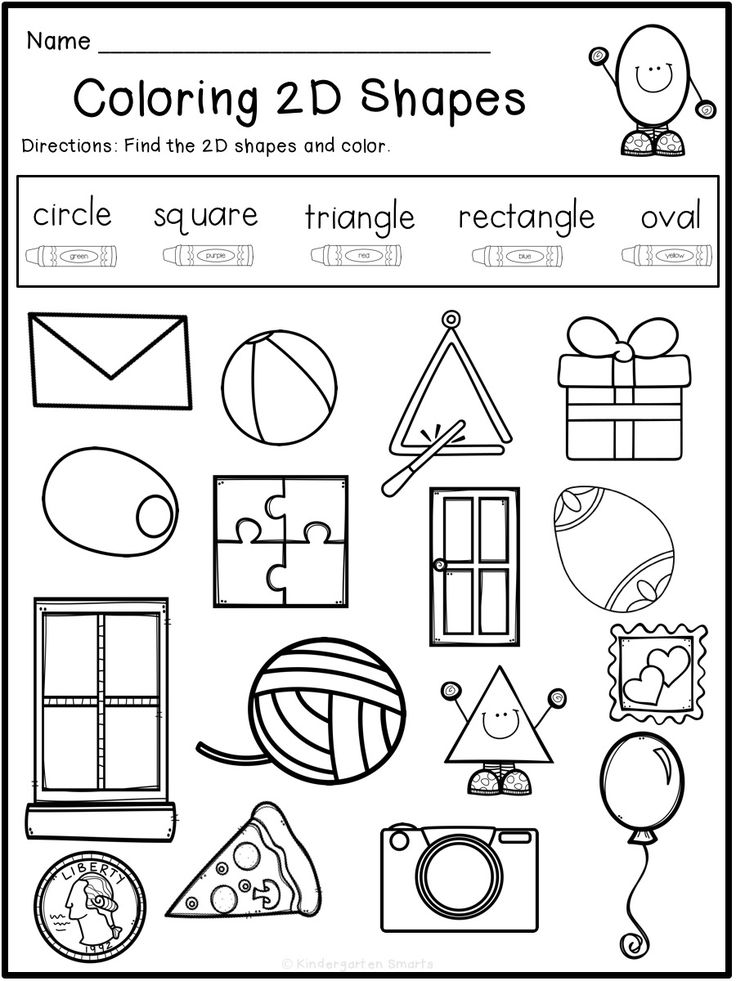 They know where they are in space and how to move from one location to another. In familiar places such as homes and schools, they generally know where things are and how to get to the things they want. They learn that the ball is close to the chair, that the doll is under the chair, and that the fastest route to the chair involves going under the table. They learn to use words to describe positions, locations, and directions. When they get older they use blocks and other objects to create symmetries that are sometimes beautiful, such as the creation shown in Figure 8.
They know where they are in space and how to move from one location to another. In familiar places such as homes and schools, they generally know where things are and how to get to the things they want. They learn that the ball is close to the chair, that the doll is under the chair, and that the fastest route to the chair involves going under the table. They learn to use words to describe positions, locations, and directions. When they get older they use blocks and other objects to create symmetries that are sometimes beautiful, such as the creation shown in Figure 8.
Although their everyday spatial ideas are often useful (as in the case of moving around familiar surroundings) and sometimes surprisingly powerful (as in the case of complex symmetries), young children still have a great deal to learn and need adults to help them move forward. Teachers and parents can build upon and extend what young children already know about space. Adults can help young children mathematize their everyday ideas of space. This involves using language and various representations to describe and understand spatial ideas.
Adults can help young children mathematize their everyday ideas of space. This involves using language and various representations to describe and understand spatial ideas.
The Importance of a Mathematical Understanding of Space
There are many reasons for learning about space, just as there are for shape and number.
Space is interesting in itself. Spatial ideas include the following:
- Simple location and position: the dog is on top of the elephant and at the same time the elephant is under the dog.
- Perspective: from where I sit I see the cat on the left and the whale on the right, but from where you sit, opposite me, you see the cat on the right and the whale on the left.
- The coordinates on the Cartesian plane: the poodle is in the fourth row and the fifth column.
- Directions: the child can get to the treasure chest by walking two steps forward, turning right, and then moving four steps forward, whereupon the child makes a half turn leftward and follows the diagonal for five paces.
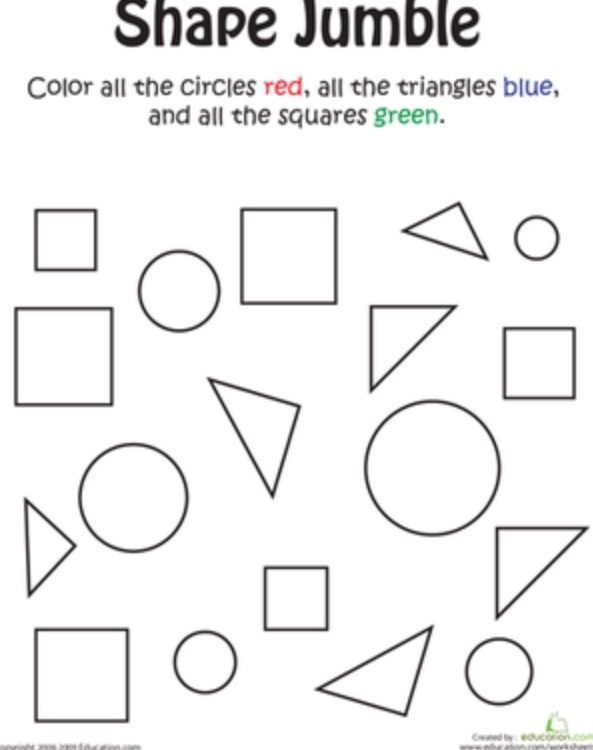
- The aesthetic qualities of reflectional symmetry: this symmetrical design is really beautiful but this asymmetrical mess is not.
Each of these topics presents challenges: if the mouse is on top of the cat that is on top of the dog, then the cat is both on top of and underneath something else at the same time. Children find it difficult to coordinate the two different relations (such as on top of and underneath), but adults can help.
Spatial ideas underlie much of our mathematical understanding. To understand addition, a child might use ideas of merging two separate groups of objects or jumping to the right on a standard number line. To understand subtraction the child might think of monkeys jumping off a bed. To understand equivalence, the child might imagine balancing objects on a scale. To understand multiplication, the child might refer to areas or arrays of dots. Indeed, spatial metaphors and ideas permeate children’s and adults’ understanding of number.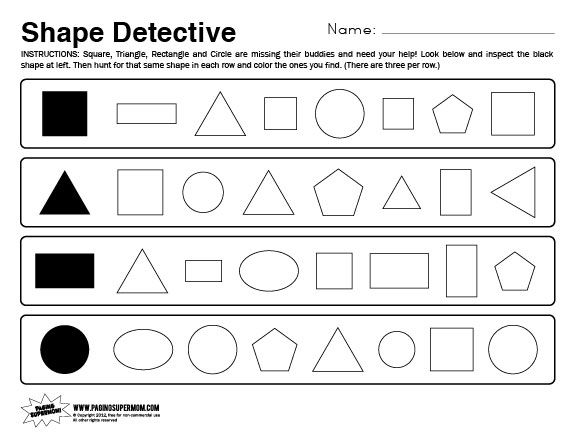
Spatial understanding, language, and symbolism are of practical value. Children (and adults) live in space. Moving purposefully in it requires first an understanding of spatial relations in the everyday environment, as when the baby learns that the stuffed cow is behind the sofa. Later, the child learns and uses appropriate spatial language to get around in the world (for example, when mother says, “Go to the living room and look under the sofa for your toy raccoon.”). Later still, reading a highway map is necessary for getting to a destination. The adult uses ideas of space to build a bookcase or carpet a room. Language and symbolism allow us to surpass the everyday spatial knowledge of animals.
Spatial knowledge and language predict future academic performance. Those children who acquire a solid understanding of space and spatial language tend to demonstrate higher math achievement than students who do not achieve such mastery.
What Children Need To Learn About Space
Children have an informal knowledge about space on which early math education can build.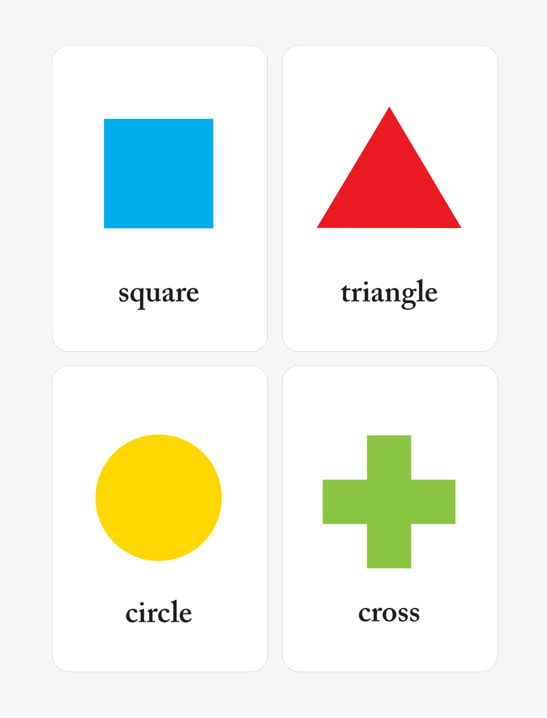 They are quite capable of learning more about the following important topics.
They are quite capable of learning more about the following important topics.
Basic position. Children are skilled at locating things in their environments. They often use informal or vague language to describe where things are in relation to other things, including themselves. But they need to deepen their understanding of position and learn correct mathematical words for talking about it.
Consider how a child might specify the locations of objects and people in a room.
- I am standing on top of the desk.
- I put my gooey candy on the white sheet.
- I threw the apple core behind the tree.
- I put my underwear under the bed.
- I put the pickle in the middle of the sandwich.
- My chair is below the window.
- There is a spider in the bottom of the cup.
- I put the coin in my piggy bank.
All of the nouns in the examples refer to things, classes of objects that the child can easily identify.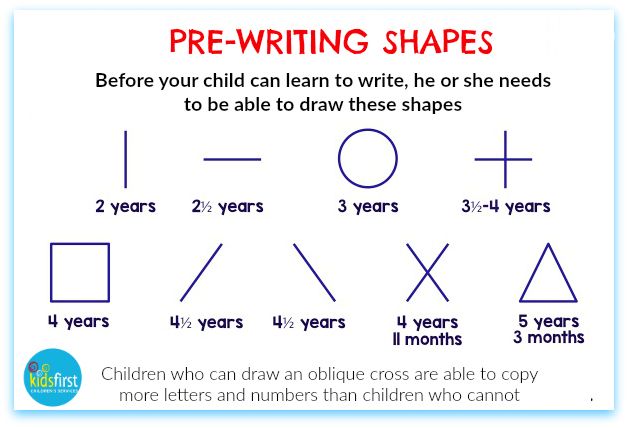 For example, there are many kinds of apples and the child can easily learn to identify them all as apples. But positions and locations are abstract ideas, and all are relative. For example, the pickle in the middle of the sandwich touches the bread immediately on top of and below it. The underwear underneath is relative to the bed above it.
For example, there are many kinds of apples and the child can easily learn to identify them all as apples. But positions and locations are abstract ideas, and all are relative. For example, the pickle in the middle of the sandwich touches the bread immediately on top of and below it. The underwear underneath is relative to the bed above it.
Another way of thinking about spatial relations is that objects serve as landmarks for the location in question. Landmark means to mark the land, or to specify an object that helps define the location. Even young infants can use landmarks to find the location of a hidden object. For example, if you place a toy behind a sofa as a child watches, she can locate the toy later: she knows that the toy is behind the sofa. In this case, the toy is the object, the sofa is a landmark, and the relation between the landmark and object is behind or in back of.
In all of these cases, children need to learn two things: the words and the concepts.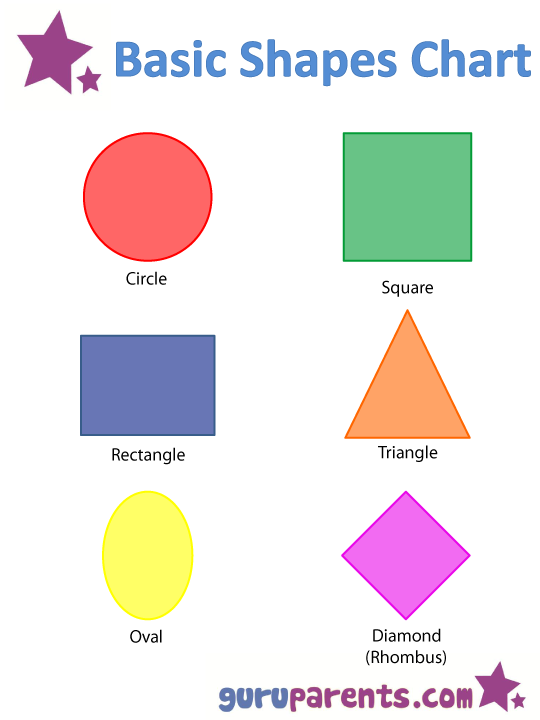 They need to learn positional words such as above or next to and they need to know the concepts to which these words refer. For example, the words next to refer to a concept specifying that an object is adjacent to another in a variety of ways, either on its right or its left. You can help children learn to develop these words and concepts by modeling. For example, if a preschooler is asked, "Where are the picture books?" she may reply by saying, "Over there" and gesturing. You can reply, "You're right. They are on the shelf next to the coat closet."
They need to learn positional words such as above or next to and they need to know the concepts to which these words refer. For example, the words next to refer to a concept specifying that an object is adjacent to another in a variety of ways, either on its right or its left. You can help children learn to develop these words and concepts by modeling. For example, if a preschooler is asked, "Where are the picture books?" she may reply by saying, "Over there" and gesturing. You can reply, "You're right. They are on the shelf next to the coat closet."
Complex positions. Left and right are notoriously difficult for young children to learn, and they need a lot of practice with these ideas. First, children need to remember that one hand is on the right and the other is on the left. This idea is reinforced when children put a sticker on their right hand and then shake hands properly. Then children must apply the idea of right and left to external objects.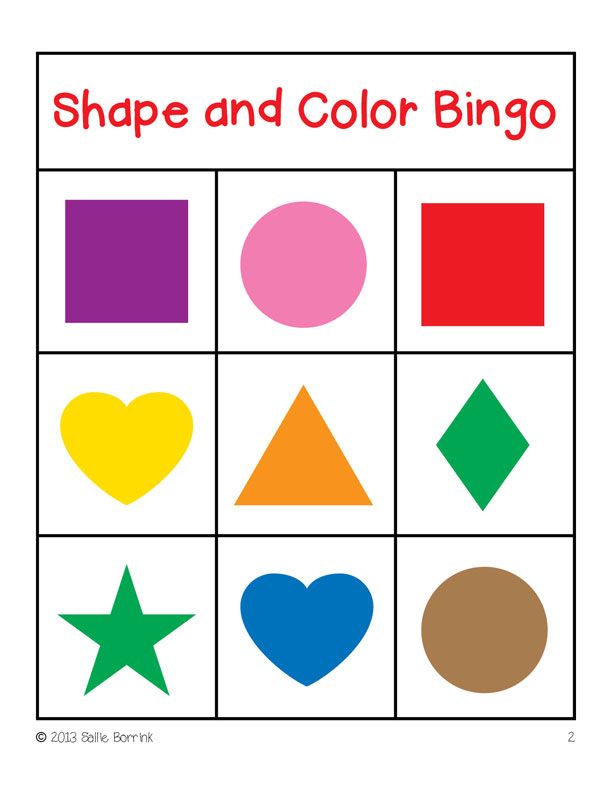 This is especially difficult because these concepts are always relative to the direction the child is facing. For example, if Mario is looking at a table from one direction, he sees a book on his right and a block on his left. When he moves to the opposite side of the table, he sees the reverse. Children are not likely to master left and right until they are older, perhaps in early elementary school. Don’t obsess about their initial failure.
This is especially difficult because these concepts are always relative to the direction the child is facing. For example, if Mario is looking at a table from one direction, he sees a book on his right and a block on his left. When he moves to the opposite side of the table, he sees the reverse. Children are not likely to master left and right until they are older, perhaps in early elementary school. Don’t obsess about their initial failure.
Understanding dual relations, taking different perspectives at the same time, is very difficult for preschoolers. In our previous example, the pickle in the sandwich is at the same time above the bottom piece of bread and below the top piece. How can a pickle endure the ambiguity—the dual identity or split personality—of being simultaneously above and below? Because children tend to be egocentric, that is, to see things and their relations only from one point of view, they find it difficult to deal with dual, or more generally, multiple relations.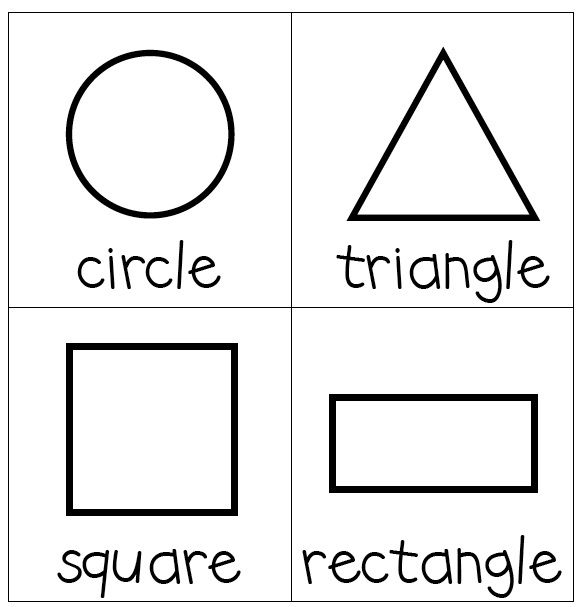 In this way, children are similar to the pickle.
In this way, children are similar to the pickle.
Another task, locating objects in two dimensions, involves simple dual relations between height and width. Suppose the child sees a grid of unit squares that goes up five spaces and sideways five spaces (and of course has all the appropriate squares in the middle).
Someone has placed an object on the grid, as shown in Figure 9. I ask the child to describe where it is because I can’t see it. She can say it is over there, but that does not help. She can say it’s above that square, but that doesn’t help either. What she has to say is something like this: “Go to the bottom square on the left. Then go four squares up and two squares to the right.”
In everyday life children engage in locating or directional activities. Hopscotch, for example, is about jumping to different squares according to a series of numbers. Another example is board games such as Sorry, in which they may go forward a designated number of spaces and later must go backwards.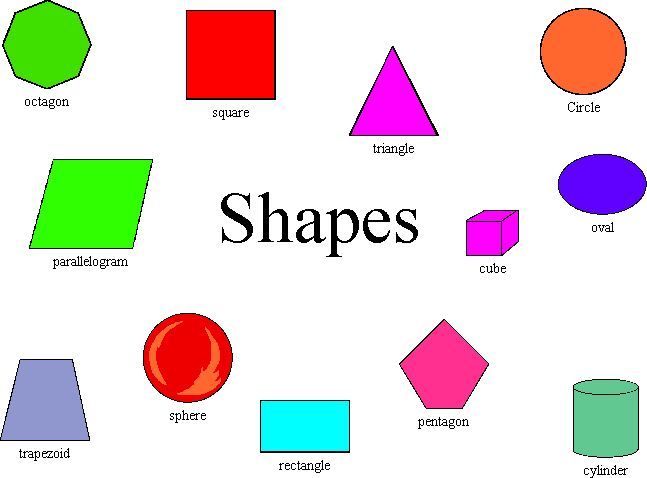
At the preschool level, teachers can help children become increasingly skilled at following location directions and understanding them. At snack time, for example, the teacher can say, “When we set the table for snack, we put the cups next to the plates, and we put the juice in the middle of the table where you can all reach it. And remember to put a napkin on this side of each plate.”
Complex relations also include another important mathematical topic, symmetry, which is ubiquitous in nature. The butterfly’s left wing is the mirror image of the other. The human body embodies symmetries: the left hand is a mirror image of the right hand.
Mathematics defines many different kinds of symmetries. Consider the mirror image idea, namely that symmetry bisects a figure in such a way that one side is in the opposite orientation from the other. Imagine that you have some figure on a flat surface. You hold a mirror vertically next to the figure. You then have the figure and the mirror image of the figure. The figure and mirror image are symmetrical. Using a mirror in this way can help children to explore and to understand what line symmetry means. For example, in Figure 10, each shape is symmetrical and each line is a line of symmetry.
The figure and mirror image are symmetrical. Using a mirror in this way can help children to explore and to understand what line symmetry means. For example, in Figure 10, each shape is symmetrical and each line is a line of symmetry.
Children create both two-dimensional and three-dimensional symmetries all the time when they play with blocks. Figure 11 shows an example of how a child can explore symmetries using pattern blocks. Notice that in order to make this figure, the child had to manually rotate some of the blocks, such as the red trapezoids, to produce the mirror image. Young children may need to physically manipulate objects to correctly show the reflection. Further, these experiences can help a child later to develop the ability to see how shapes can be mentally turned or flipped without having to construct them.
Maps. Maps involve a special kind of symbolism showing where things are in relation to one another. You can represent a classroom in many different ways.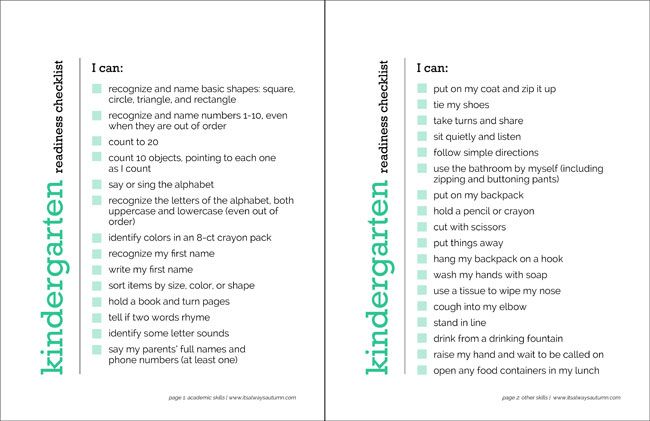 You can describe it in words. You can take a picture of it. You can do a realistic drawing of it. You can create a smaller three-dimensional model of it. You can create a two-dimensional map of it from a bird’s eye view, above. You can create a topographical map of it. You can create something like a subway map that shows relative position but does not accurately capture distances.
You can describe it in words. You can take a picture of it. You can do a realistic drawing of it. You can create a smaller three-dimensional model of it. You can create a two-dimensional map of it from a bird’s eye view, above. You can create a topographical map of it. You can create something like a subway map that shows relative position but does not accurately capture distances.
Before children can understand how their classroom looks in all these different ways, they must understand point of view or perspective. Infants' and young children's early spatial thinking is often from their own perspective. A child thinks of an object's location in relation to his own location in space. Later, when children realize that they have a distinct point of view, they can begin to imagine how space looks from other perspectives. For example, the child may come to see that the way the classroom looks from her chair is different from the way the classroom looks from a friend's chair, or the way the classroom looks from her spot on the rug differs from the way the classroom looks from the chair the teacher sits on during rug time.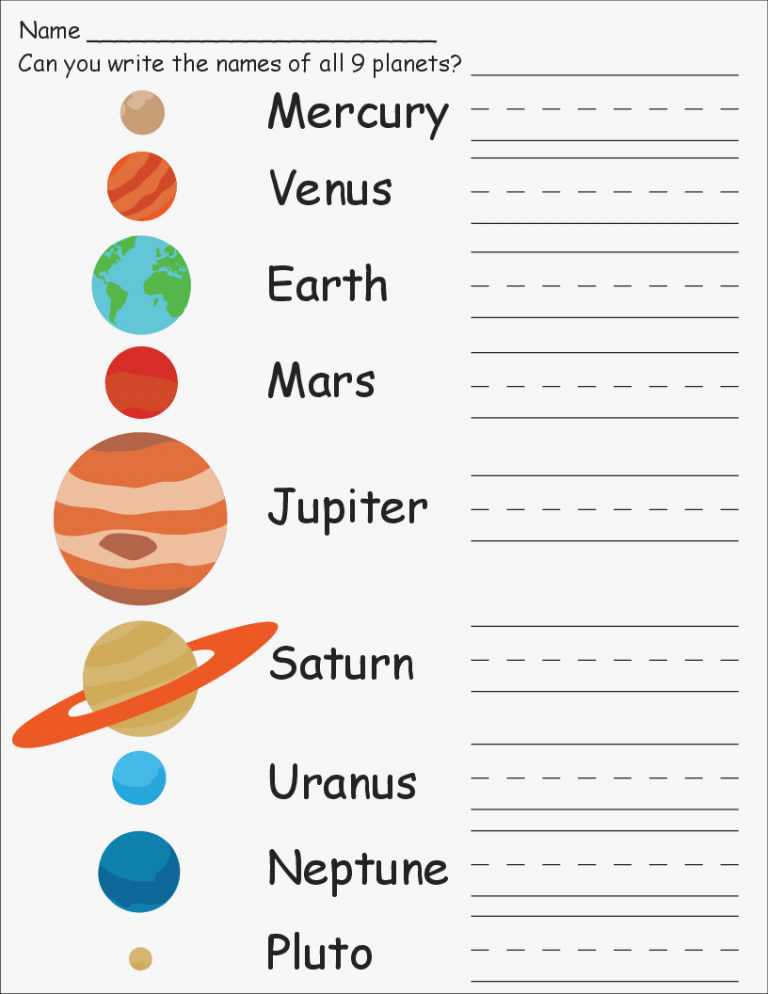 It is not easy for young children to de-center and visualize how spaces look from other points of view. Working with maps and models can provide children with experiences that will help them see space from other perspectives.
It is not easy for young children to de-center and visualize how spaces look from other points of view. Working with maps and models can provide children with experiences that will help them see space from other perspectives.
Standard maps (though maybe not topographical) are hard for children to understand because they represent a three-dimensional reality on a two-dimensional space and also because the map is proportionally smaller than the reality. Preschoolers need to learn first how to read simple maps, such as a map of the classroom, and then to create them. Map activities can take place at circle time, where the teacher can use a map to show children where they should sit, or at line-up, when a map can show who goes first, second and so on, so that the child can identify both her own position and her friend’s.
Conclusions for Shape and Space
Shape and space are fundamental mathematical topics that children need to explore.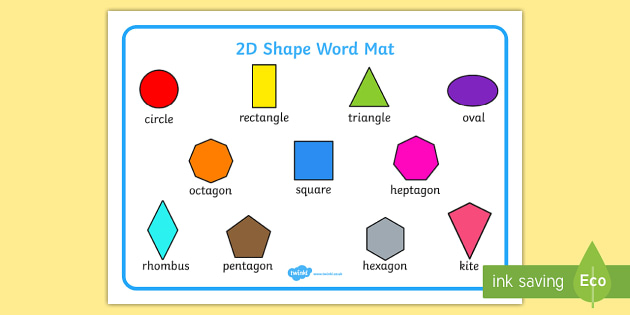 They need to grasp the basic concepts, mathematize and elaborate on their everyday knowledge, and learn to communicate what they have learned. The study of geometry can be deeper than many adults imagine and can provide young children with enjoyable intellectual challenges.
They need to grasp the basic concepts, mathematize and elaborate on their everyday knowledge, and learn to communicate what they have learned. The study of geometry can be deeper than many adults imagine and can provide young children with enjoyable intellectual challenges.
Background Reading
Clements, D. H. Geometric and spatial thinking in young children. In Copley, J. V. (Ed.). (1999). Mathematics in the early years. Reston, VA: National Council of Teachers of Mathematics.
Dehaene, S. (2011). The number sense: How the mind creates mathematics (Rev. and updat ed.). New York: Oxford University Press.
Early Math Collaborative at Erikson Institute. (2014). Big ideas of early mathematics: What teachers of young children need to know (First ed.). Boston: Pearson.
Hawes, Z., Tepylo, D., & Moss, J. (2015). Developing spatial thinking: Implications for early mathematics education In B. Davis and Spatial Reasoning Study Group (Eds. ). Spatial reasoning in the early years: Principles, assertions and speculations (pp. 29-44). New York, NY: Routledge.
). Spatial reasoning in the early years: Principles, assertions and speculations (pp. 29-44). New York, NY: Routledge.
Lehrer, R., Jacobson, C., Kemeny, V., & Strom, D. (1999). Building on children's intuitions to develop mathematical understanding of space. In E. Fennema & T. A. Romberg (Eds.), Mathematics classrooms that promote understanding. Mahwah, NJ: Lawrence Erlbaum Associates, Publishers.
National Research Council. (2009). Mathematics learning in early childhood: Paths toward excellence and equity. Committee on Early Childhood Mathematics, Christopher T. Cross, Taniesha A. Woods, Heidi Schweingruber, Editors. Center for Education Division of Behavioral and Social Sciences and Education, Washington DC: The National Academies Press.
Nora S. Newcombe & Mike Stieff (2012): Six Myths About Spatial Thinking, International Journal of Science Education, 34:6, 955-971
Sarama, J., & Clements, D. H. (2009). Early childhood mathematics education research: Learning trajectories for young children.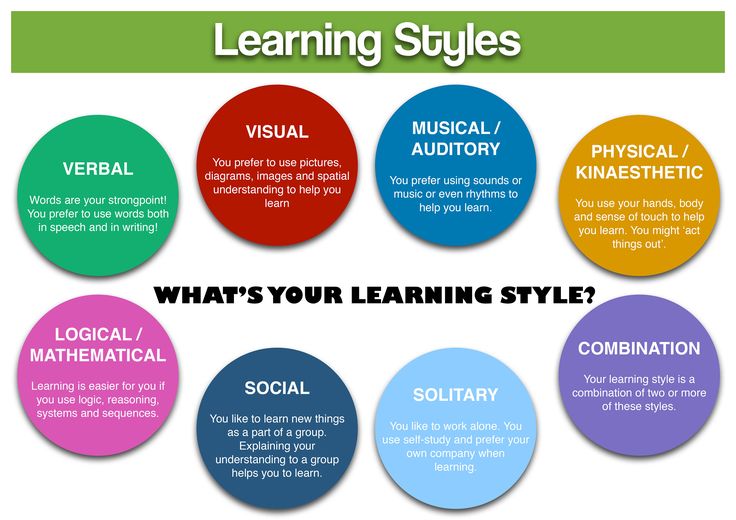 New York: Routledge.
New York: Routledge.
Teaching Basic Shapes to Kids In an Interesting Way
Table of Contents
| 1. | Introduction |
| 2. | Why is teaching shapes so important? |
| 3. | What are the different types of shapes for kids? |
| 4. | How to teach kids with the help of games and activities |
| 5. | Conclusion |
| 6. | About Cuemath |
| 7. | Frequently Asked Questions (FAQs) |
| 8. | External References |
Introduction
Kids have dynamic learning capabilities that are enhanced by their observation skills. However, parents need to take tiny steps while teaching preschool kids. Basic shapes and colors impact children. They try to understand their surroundings by looking at the different objects around them. All kinds of objects and structures help kids in learning shapes. As a parent one should introduce different shapes for kids at an early age. There are various shapes activities for kindergarten that can help kids learn and understand basic shapes.
Basic shapes and colors impact children. They try to understand their surroundings by looking at the different objects around them. All kinds of objects and structures help kids in learning shapes. As a parent one should introduce different shapes for kids at an early age. There are various shapes activities for kindergarten that can help kids learn and understand basic shapes.
Shapes for Kids
Here is a downloadable PDF that lists out various shapes for kids. Teaching basic shapes for kids helps them understand their own observations. Different types of shapes for kids. Click on the download button to explore them.
Why is teaching shapes important?
Basic shapes for kids are being taught at every preschool today. It is important to understand the necessity of shaping activities for kindergarten kids. Few ways in which kids are impacted by basic shapes are:
- Visual Information
- Sign and symbols
- Alphabets and numbers
- Mathematical concepts
- Categorization and comparison
- Problem-solving
- Symmetry
- Kids Learn how to organize visual information
Children observe their surroundings very keenly and encounter different shapes every single day.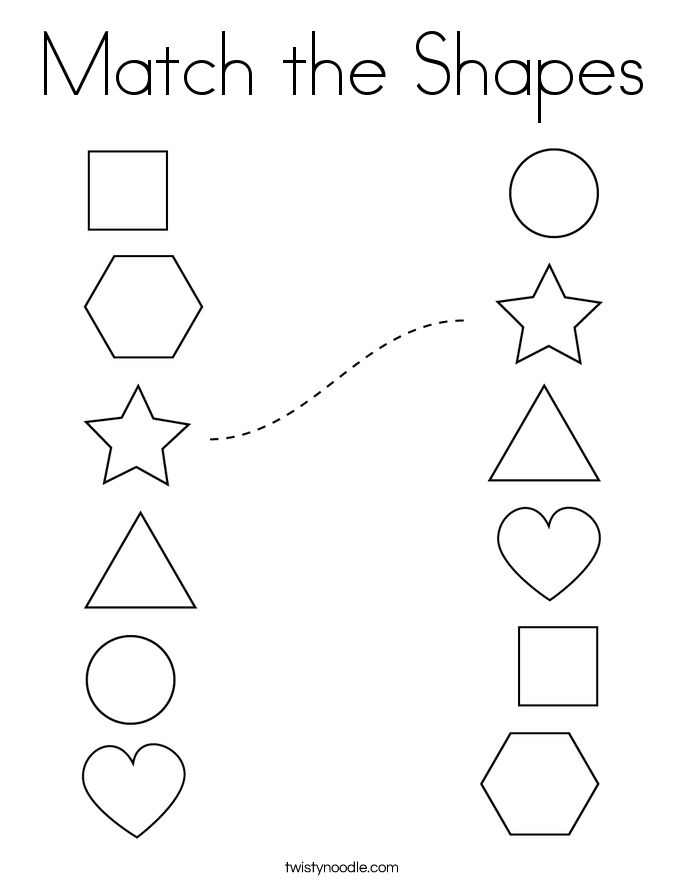 Teaching basic shapes for kids helps them understand their own observations. The visual information they gather comprises compound shapes that are formed by a combination of basic shapes. Shapes’ names for kids enable them to identify the basic shapes in compound shapes. For instance, when a child looks at a car it appears to be a rectangular box. However, children will learn to identify the compound shapes in a car once they learn basic shapes.
Teaching basic shapes for kids helps them understand their own observations. The visual information they gather comprises compound shapes that are formed by a combination of basic shapes. Shapes’ names for kids enable them to identify the basic shapes in compound shapes. For instance, when a child looks at a car it appears to be a rectangular box. However, children will learn to identify the compound shapes in a car once they learn basic shapes.
- Helps to teach signs and symbols
Symbols are very important for kids. But it will take some time for kids to get used to it. Kids take some time before they can actually name the shapes they see. However, this does not indicate that the kid is unable to comprehend basic shapes. Signs on the other hand impart certain information and details. Basic shapes for kids help them store information in their minds. Kids are usually 5 to 6 years old when they start following signs and symbols
.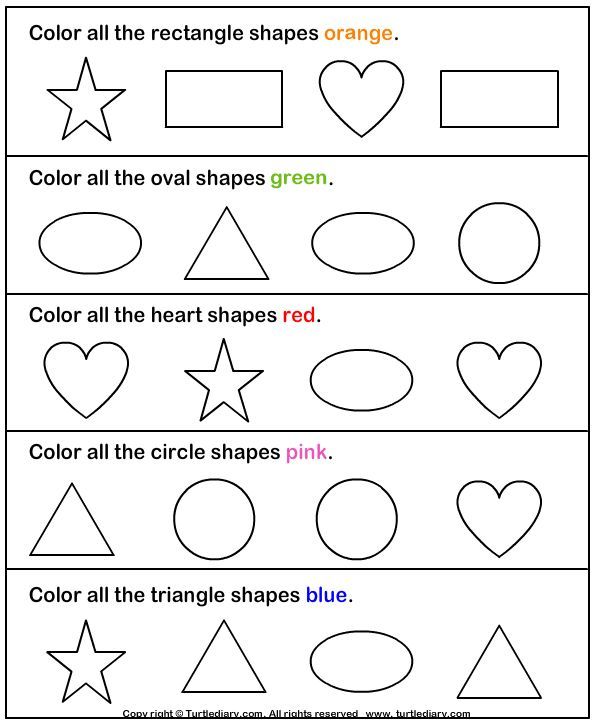
- Help kids identify different alphabets and numbers
Toddlers may get confused among all the alphabets they see. As parents, it can be challenging to teach various letters and numbers. Kids tend to mix up similar-shaped letters like “b” and “d”. Patience is important while correcting these mistakes. Learning shapes for kids help them differentiate among the letters. Therefore all the preschools cover learning shapes for kids before moving into Alphabets and numbers.
- Basic mathematical concepts can be taught
Once a child is comfortable identifying shapes for his /her own, they can start learning simple mathematical operations like addition and subtraction. It is always easier to teach addition than subtraction. Therefore we advise parents to start teaching addition and then venture into subtraction.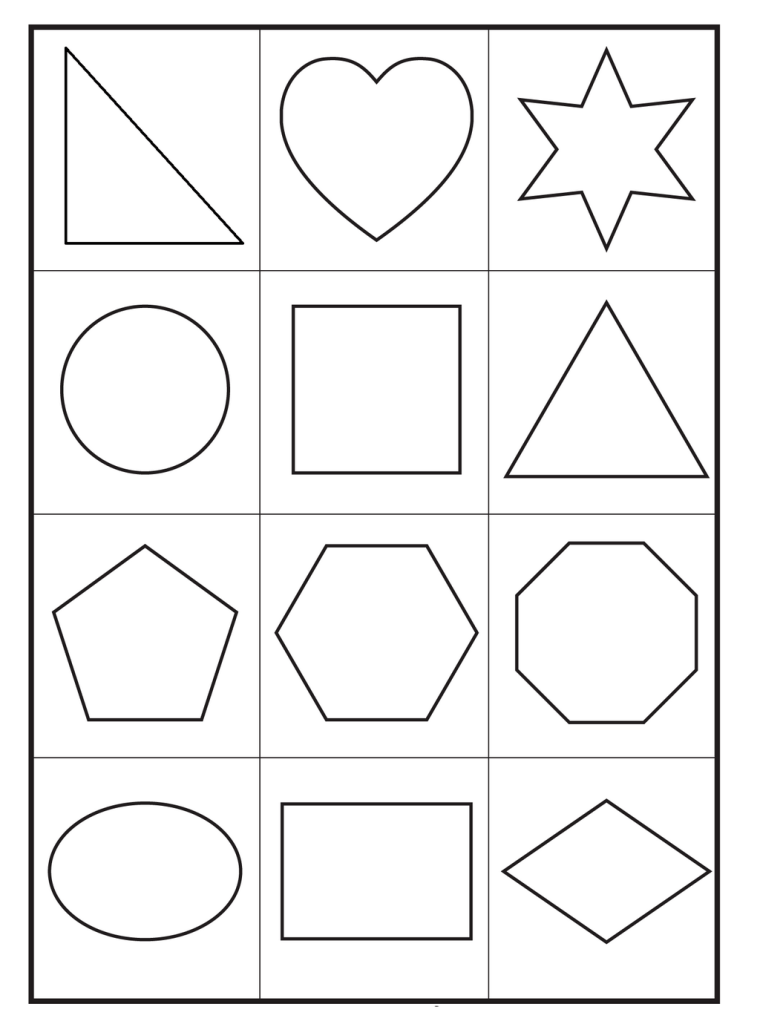 Basic shapes for kids include balls, matchboxes, dice, etc. So you can pick the object of your choice and start teaching simple maths to your kids.
Basic shapes for kids include balls, matchboxes, dice, etc. So you can pick the object of your choice and start teaching simple maths to your kids.
- Categorization and comparison
Facial recognition and navigation skills are swiftly developed among kids who can categorize and compare various shapes. As kids learn to differentiate shapes, they understand facial features and their differences. It is also important to note that different shapes for kids imply different geographical locations or features. Have you noticed, in kids’ drawing- mountains and hills are always triangles and houses have a square or rectangle structure with a triangular roof? We do suggest you take a look and understand how kids observe and compare the shapes around them.
- Problem-solving
Brain development and thinking skills are really important for a kid in preschool or kindergarten. Shapes and colors are directly responsible for brain development. Kids analyze structures and start with 2-D mental mapping and then gradually, as the year progresses, they start 3-D mapping. These mental mapping of shapes plays a crucial role in the development of problem-solving abilities in children.
Shapes and colors are directly responsible for brain development. Kids analyze structures and start with 2-D mental mapping and then gradually, as the year progresses, they start 3-D mapping. These mental mapping of shapes plays a crucial role in the development of problem-solving abilities in children.
- Symmetry
Kids love to play around the parks or fields. This is important for the development of their motor skills. However, kids tend to lose their balance more often than adults. Growing up, we all had cuts and bruises on our knees Over the years these injuries started disappearing even when sports activities became more rigorous. This happens when kids are unable to understand the basic concept of balance and center of gravity. Now even though terms like the center of gravity feel fancy for kids, it is important to teach symmetry with the help of basic shapes for kids.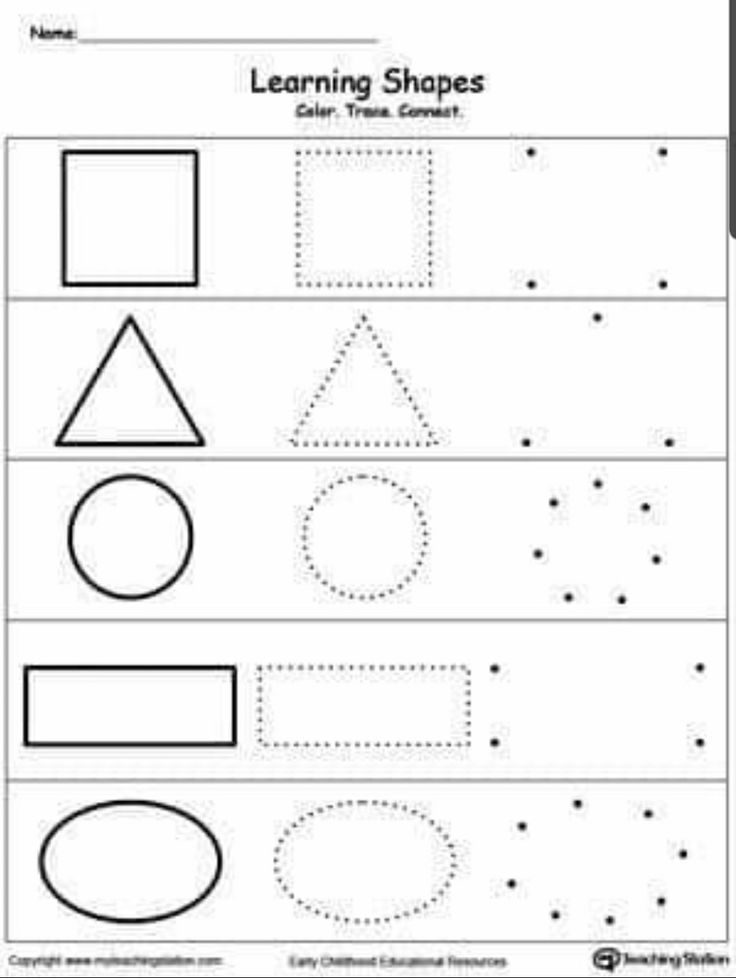 This will help them understand how to position themselves and develop motor skills.
This will help them understand how to position themselves and develop motor skills.
What are the different types of shapes for kids?
Different shapes for kids are available ranging from basic shapes to compound shapes. Basic shapes are simple shapes that can not be broken down into simpler shapes by general conventions, examples include square, circle, triangle, etc. Compound shapes can be split into simpler shapes, examples include Arrows, Starts, etc. Let us go through a few shapes to understand better.
|
Shape |
Image |
Number of Sides |
Example: |
|
Triangle |
3 Sides |
Mountains and Hills are Triangle in shape |
|
|
Square |
4 Sides |
Small houses or huts are square in shape |
|
|
Rectangle |
4 Sides |
Cars and buses are rectangle in shape |
|
|
Circle |
No Sides |
Wheels and Balls are circle in shape |
|
|
Arrow |
7 Sides |
Signs boards have an arrow shape |
|
|
Star |
10 Sides |
Starfish and star anise are star-shaped |
|
|
Diamond |
4 Sides |
Kites and crystals have diamond shape |
|
|
Heart |
No Sides |
Strawberries are heart-shaped. |
- Basic Shapes for kids
Shapes like squares, triangles, circles, and rectangles are taught first to kids. Once a child learns how to categorize and name these shapes, they are taught more complex shapes. However, it suggested that ample time is spent on basic shapes for kids. This is because all the shapes are taught at a later stage depending upon the concepts developed during learning basic shapes for kids. It may require a little while for kids to pick up the concept but we suggest parents be patient.
- Advanced Shapes for kids
Once a child is familiar with basic shapes he/she is ready to learn advanced shapes for kids. These shapes include arrows, stars, and hearts. Advanced shapes do not include 3-D structures in preschool as it may confuse them. Kids with a clear conception of basic shapes will be able to ace this topic quickly.
Kids with a clear conception of basic shapes will be able to ace this topic quickly.
How to teach shapes to kids with the help of games and activities?
Till now, we saw how important basic shapes can be for a child's brain development. Teaching shapes can be cumbersome without activities as children find it difficult to comprehend something that can not be observed. Activities and games will help kids learn while having fun.
Now, we will look into a few activities and games to help your child play and learn.
- Flashcard shapes for kids
Flashcards are a really fun and interactive tool while teaching kids. They can be purchased in stores or prepared by hand. You can draw different shapes on cards made out of thick paper to prepare a set of flashcards. Use these cards to play with your child. Ask your kid to pick up a card and name the shape drawn on the card. Maintain a scoreboard and let them beat their own high scores.
Maintain a scoreboard and let them beat their own high scores.
- Shapes for kids chart
Bright and colorful shape names for kid's charts are available in the market. To prepare them at home, you need to draw shapes and write down their names. Colorful shapes are easier to remember for kids. Ask your kids to look at the beautiful chart every day in the morning before going to preschool or kindergarten.
- Shapes hunt
Just like a treasure hunt, shapes hunting is fun and easy for preschoolers. Use a set of flashcards with different shapes on them. Ask your kid to pick up one card and identify the shape and once he or she has identified the shape, ask them to find an object of the same shape around the house. This will keep the kids engaged and help them relate basic shapes to their surroundings.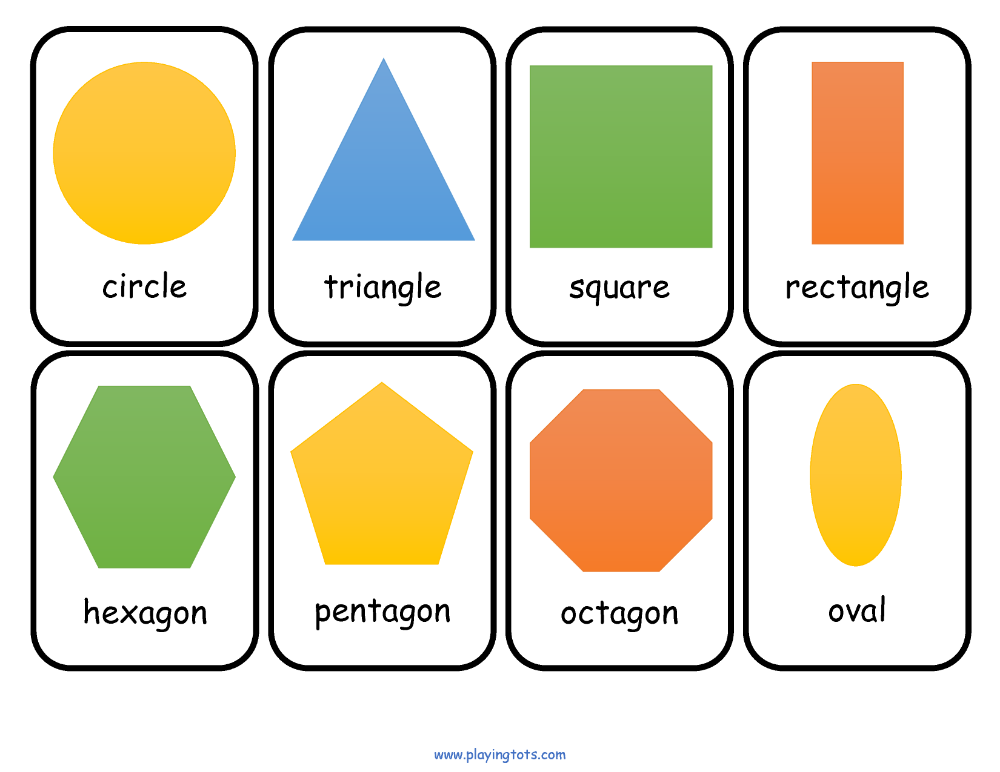
- Puzzle games
Two types of puzzles are available for kids to learn basic shapes. The first one contains pieces of brightly colored basic shapes for kids. These shapes need to be fitted onboard with hollows similar to the shapes. These boards with pieces of basic shape for kids are available in preschool supply shops and toy shops.
The second type is a conventional puzzle with bigger pieces. Once a child is proficient in basic shapes for kids they can try to join the pieces of a picture together.
We suggest you go for basic puzzles with pictures of fruits and flowers to keep the level easy for your child.
Conclusion
In the former section, we came across the various benefits of teaching basic shapes for kids. It is one of the most important topics covered in the kindergarten and preschool syllabus.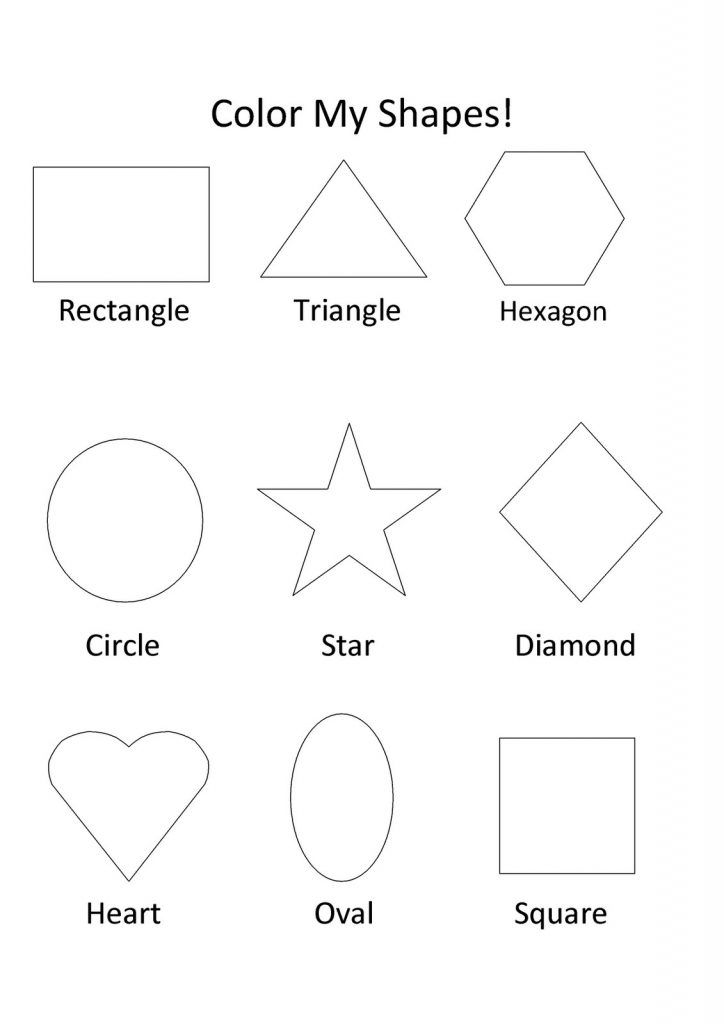 Even though your child may be learning shapes for kids in school, it is suggested that parents help them out with shapes games for kids. This is because the identification of shapes and naming shapes are two different objectives. Kids tend to forget shape names.
Even though your child may be learning shapes for kids in school, it is suggested that parents help them out with shapes games for kids. This is because the identification of shapes and naming shapes are two different objectives. Kids tend to forget shape names.
Start teaching basic shapes to your child and try to relate them with the objects around you. This will help kids relate the concept of basic shapes with their surroundings. We suggest parents start with basic shapes and gradually move into advanced shapes. Spend more time on basic shapes for kids to build the foundation for advanced shapes.
About Cuemath
Cuemath, a student-friendly mathematics and coding platform, conducts regular Online Live Classes for academics and skill-development, and their Mental Math App, on both iOS and Android, is a one-stop solution for kids to develop multiple skills. Understand the Cuemath Fee structure and sign up for a free trial.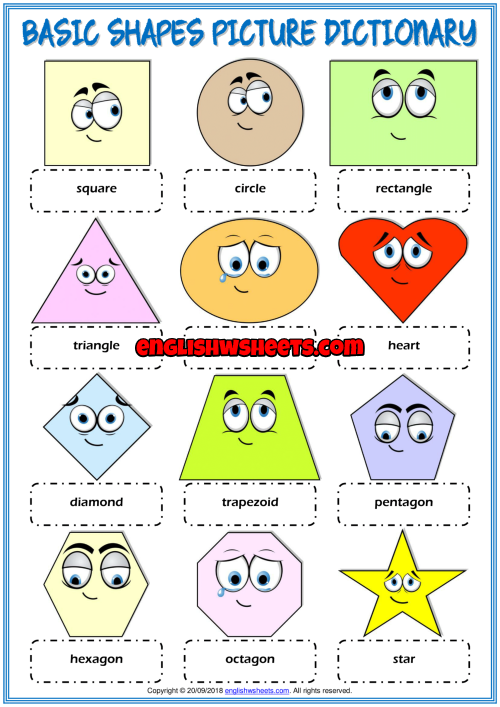
Frequently Asked Questions (FAQs)
What is the difference between regular and irregular shapes?
- Regular Shapes are those which have equal sides as well as equal angles. Irregular Shapes are just the opposite,i.e, their angles and sides vary.
- Examples of Regular Shapes are Square, Circle, Equilateral Triangle, etc.
- Examples of Irregular Shapes are Rectangle, Heart, Right-angled triangle, etc.
- Cylinder - Circles
- Cuboid - Rectangles
- Cube - Squares
- Pyramid - Rectangles and Circles
- Tetrahedron - Triangles
- Geometric: These are simple shapes like rectangle, square, triangle, etc. which are geometric in nature.
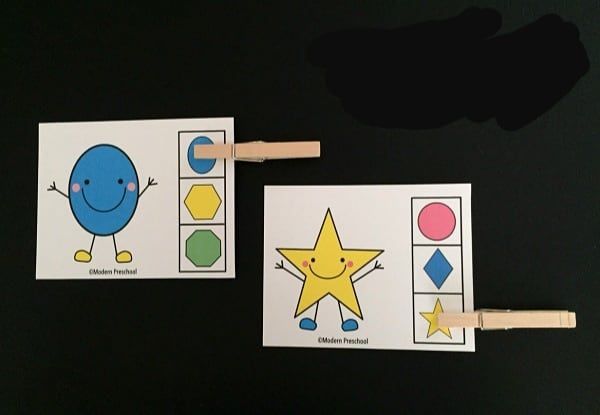 They form the basis of other types of shapes.
They form the basis of other types of shapes. - Organic: These shapes are curvier in nature and have a natural feel to them (for example, the shape made after the ink is spilled on a paper is of organic type). These are more soothing and relaxing to the eyes.
- Abstract: These shapes are complex in nature and are mostly used in graphics designing purposes. They are aesthetically beautiful but are not naturally found.
Learning Geometric Shapes: Games for Preschoolers
One of the important aspects of the development of mathematical concepts in preschoolers is the study of the basics of geometry. In the course of acquaintance with geometric shapes, the child acquires new knowledge about the properties of objects (shape) and develops logical thinking. In this article, we will talk about how to help a preschooler remember geometric shapes, how to properly organize games for teaching geometry, and what materials and aids can be used to develop a child’s mathematical abilities.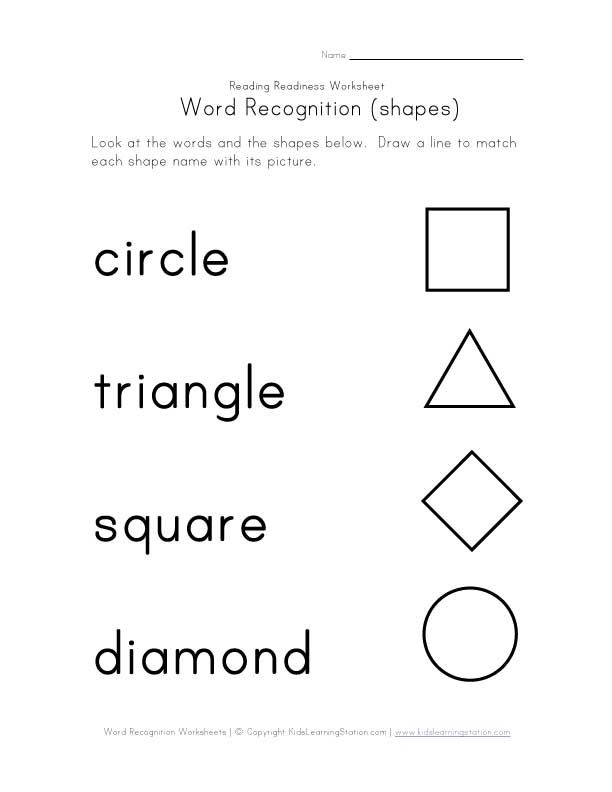
At what age can one start learning geometric shapes?
Many parents are wondering if young children need to get acquainted with geometric shapes. Experts believe that it is optimal to start classes in a playful, relaxed form from the age of 1.5. Until this age, it is appropriate to pronounce to the child the names of the shapes of objects that the baby meets in real life (for example, “round plate”, “square table”).
Introducing the child to geometric shapes, be guided by his reaction. If your baby started to show interest in them at an early age (by playing with the sorter or looking at pictures), encourage his curiosity.
At the age of 2, the baby should be able to distinguish between:
- Circle;
- Square;
- Triangle.
By the age of 3 you can add:
- Oval;
- Rhombus;
- Rectangle.
At an older age, a child can memorize such shapes as a trapezoid, a pentagon, a hexagon, a star, a semicircle.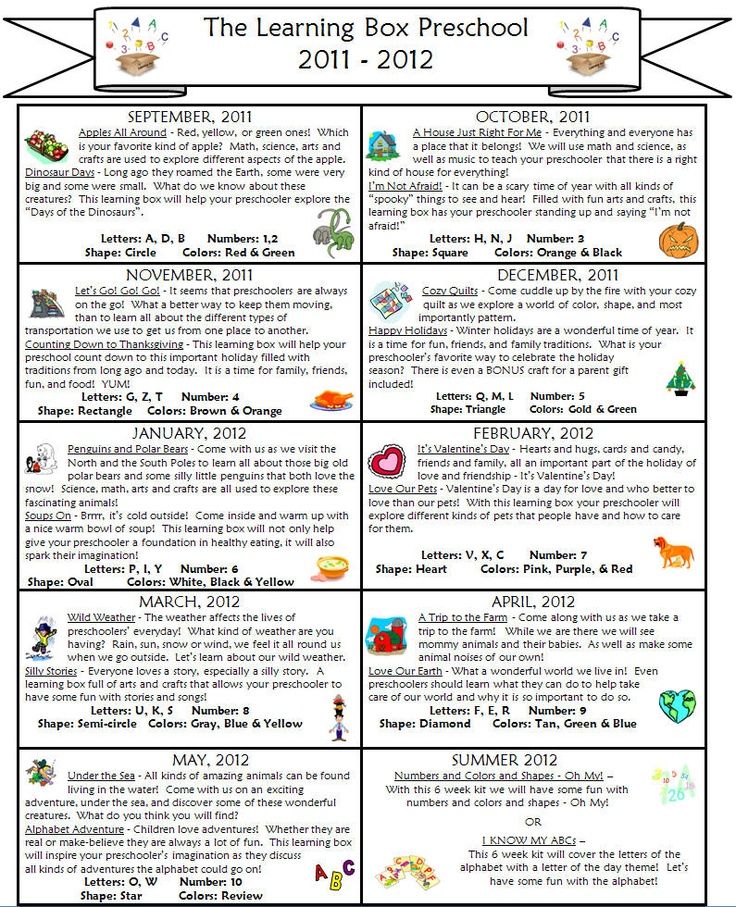 Also, children visiting the Constellation Montessori Center get acquainted with geometric bodies with interest.
Also, children visiting the Constellation Montessori Center get acquainted with geometric bodies with interest.
How can I help my child remember geometric shapes?
Teaching a child geometric shapes should take place in stages. You need to start new figures only after the baby remembers the previous ones. The circle is the simplest shape. Show your child round objects, feel them, let the baby run his finger over them. You can also make an application from circles, mold a circle from plasticine. The more sensations associated with the concept being studied, the child receives, the better the baby will remember it.
Three-dimensional figures can be used to get acquainted with the forms. It can be made by a designer, a sorter, lacing, frame inserts. Since at an early age the visual-effective type of thinking is most developed, various actions with figures will help to remember them better.
How children of different ages perceive geometric figures
The operations that a child can perform with geometric figures and how he perceives shapes depend on the age of the baby.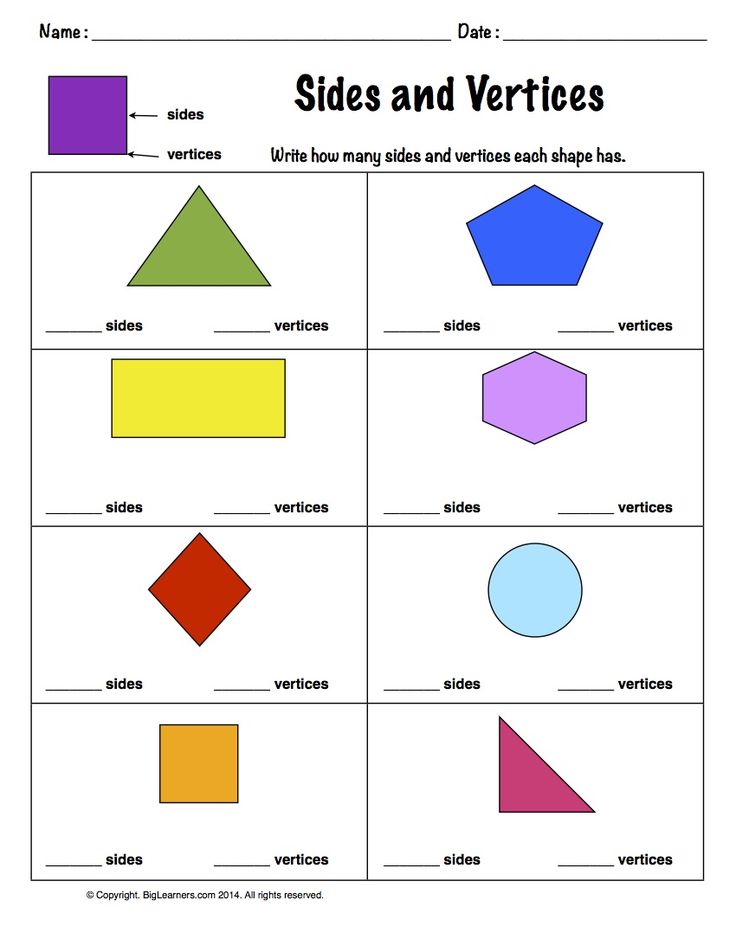 In accordance with age characteristics, the following stages of training can be distinguished:
In accordance with age characteristics, the following stages of training can be distinguished:
- In the second year of life, the baby is able to visually recognize familiar figures and sort objects according to shape.
- At 2 years old, a child can find the desired shape among a number of other geometric shapes.
- By the age of 3, babies can name shapes.
- At the age of 4, a child is able to correlate three-dimensional figures with a flat image.
- At senior preschool age (and sometimes even earlier) you can start studying geometric bodies (ball, cube, pyramid). Also at this age, the child can analyze complex pictures consisting of many shapes.
Regardless of the child's age, try to pay attention to the shapes of the surrounding objects and compare them with known geometric shapes. This can be done at home and on the go.
Games for learning geometric shapes
For a child to be interested, learning geometric shapes should take place in a playful way.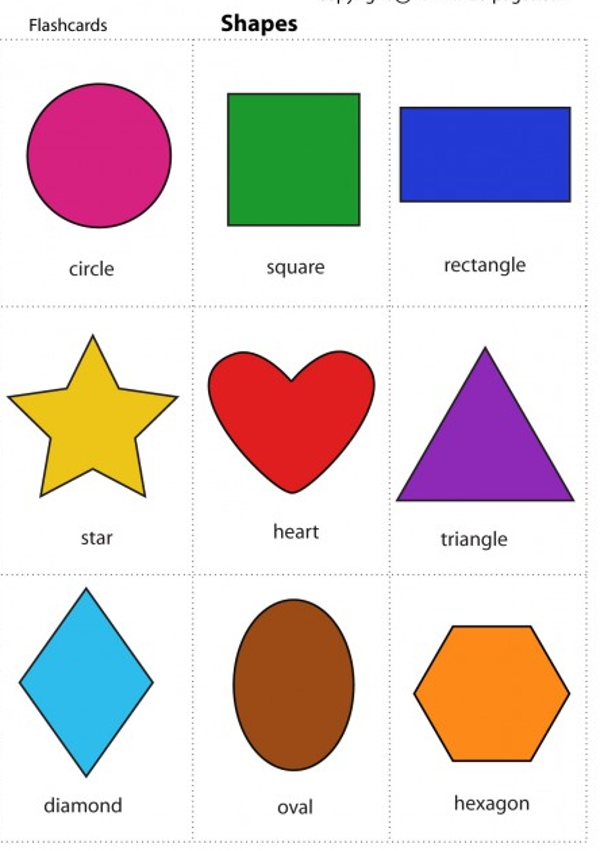 You should also select bright and colorful materials for classes (you can buy them in a store or do it yourself). Here are some examples of games and tutorials for learning geometric shapes:
You should also select bright and colorful materials for classes (you can buy them in a store or do it yourself). Here are some examples of games and tutorials for learning geometric shapes:
- Sorting. Games with a sorter can be started from the age of 1. Invite the child to find its window for the figure. So the child will not only memorize geometric shapes, but also develop fine motor skills, thinking and spatial representations, because in order for the part to fall into the hole, you need to turn it at the right angle. You can also sort any other items, such as building blocks, Gyenesch blocks, or counting material.
- Insert frames. In fact, this manual is similar to a sorter. For each geometric figure, you need to find its place.
- Geometric lotto. To play, you will need a field with the image of geometric shapes and handout cards with each figure separately. A child can take small cards out of a chest or bag, and then look for their place on the playing field.
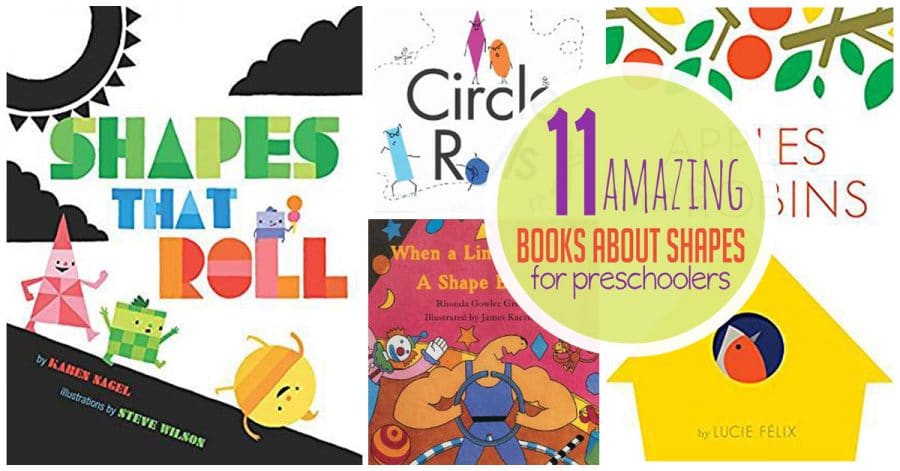 This game also perfectly trains the attention of the baby.
This game also perfectly trains the attention of the baby. - Geometric appliqué. Cut out various geometric shapes from paper and, together with your child, make a picture out of them (for example, you can make a Christmas tree from triangles, a house from a square and a triangle).
- Drawing (including stencils).
- Modeling.
- Laying out figures from counting sticks.
- Geometric mosaic.
- Laces with geometric shapes.
- Card games.
- Guess by touch.
- Active games. Draw geometric shapes on the pavement with chalk. Ask the child to imagine that the figures are houses that you need to run into on a signal. Next, you name a geometric figure, and the child runs to it.
In addition, educational cartoons can be used to study geometric shapes. Here is one of them:
Conclusions
Learning the basics of geometry at preschool age is an important part of developing a child's mathematical and sensory representations. Acquaintance with the figures should occur gradually (first, simple figures - a circle, a square, a triangle). To keep your child interested, study geometric shapes in a playful way. Your assistants in this can be such educational aids as insert frames, mosaics, lotto, sorters, sets of geometric shapes and bodies, stencils. You can also study geometric shapes on the street: just talk to your child about what you see around and what shapes these objects look like. Then the kid will definitely learn to distinguish geometric shapes and remember their names.
Conclusion
Montessori environment has been specially created for the comprehensive and harmonious development of each child in the children's center "Constellation". In the process of free work in it, children not only get acquainted with the basics of geometry, but also develop their cognitive processes, fine motor skills, learn to write, read, and count. In addition, the Montessori environment gives the child the opportunity to fully demonstrate independence and responsibility. We will be glad to see you and your baby at our center!
In addition, the Montessori environment gives the child the opportunity to fully demonstrate independence and responsibility. We will be glad to see you and your baby at our center!
Prepared by a Montessori teacher
Malysheva Evgenia
Children aged 4 to 5
Children from 4 to 5 years old
Development of Children from 4 to 5 years old. You are in the section "Children from 4 to 5 years old".
In this section, we will help you find out and determine the level of development of your child, namely, what your child should know and be able to do at the age of 4 to 5 years.
What a 4 year old should know and be able to do.
This article is for your reference and gives approximate norms for the degree of formation of your child's mental processes at this age. You can check his potential in different areas of knowledge, find out in which areas of knowledge your child succeeds, and in which additional attention and time are required.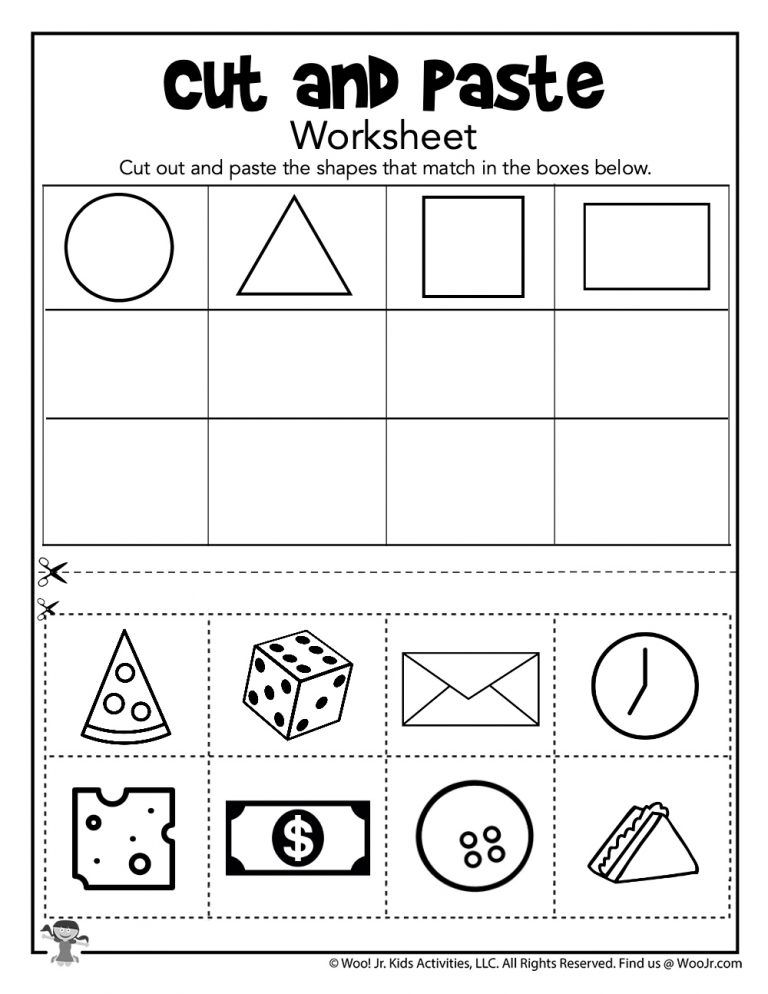
In this section "Children from 4 to 5 years old" we have collected all the material published on our website, which will help you and your child to study, prepare for the next, more in-depth stage of classes.
Materials for your classes you can use at home, in kindergarten or in elementary grades.
Mathematics
A child aged 4 to 5 should be able to:
1. The child should be able to determine the location of objects: on the right, on the left, in the middle, above, below, behind, in front.
2. The child must know the basic geometric shapes (circle, oval, square, triangle and rectangle)
3. The child must know all the numbers (0, 1, 2, 3, 4, 5, 6, 7, 8, 9). Count items within ten, correlate the number of items with the desired number.
4. The child must be able to arrange the numbers from 1 to 5 in the correct sequence and in reverse order.
5. The child must be able to compare the number of objects, understand the meaning: more - less, equally.Make Unequal Item Groups Equal: Add one item to a group with fewer items.
6. The child gets acquainted with the graphic image of the number, learns to write numbers correctly.Study aids:
1. Cards Teaching the child to count
2. Connect the numbers and color the picture
3. The game is learning geometric shapes
4. Introducing the child to Geometric shapes
5. Cards with numbers from 0 to 10 96 . Cards "which number is superfluous"
7. Game for learning Geometric shapes
8. Writing Numbers
9. Writing numbers
10. Cards with numbers-coloring
11. Puzzles-triple geometric shapes
12. Puzzles-triple numbers and Counting
13. Geometric shapes. Developing memory
14. Geometric shapes. Develop Fine Motor Skills
15. Learn Geometric Shapes
16. Math Worksheet
17. Learn to Count. Developing memory with Geometric shapes
22. Correlate the number with the number
23.Entertaining tasks in mathematics
24. Orientation in space. Before and After
25. Cards with Numbers
26. Puzzle Counting from 1 to 10
27. Math with Dice
28. Didactic Math Games
29. Puzzle Counting from 1 to 10
30. Math for Kids with DiceLogical thinking
- Development of Thinking, Memory, Attention
A child aged 4 to 5 years should be able to:
1. The child should be able to find differences and similarities between two pictures (or between two toys).
2. The child must be able to fold according to the model of the building from the designer.
3. The child should be able to put together a cut picture from 2-4 parts.
4. The child must be able to complete the task within 5 minutes without being distracted.
5. The child must be able to fold the pyramid (cups, putting them into each other) without assistance.
6. The child must be able to insert the missing fragments of pictures into the holes.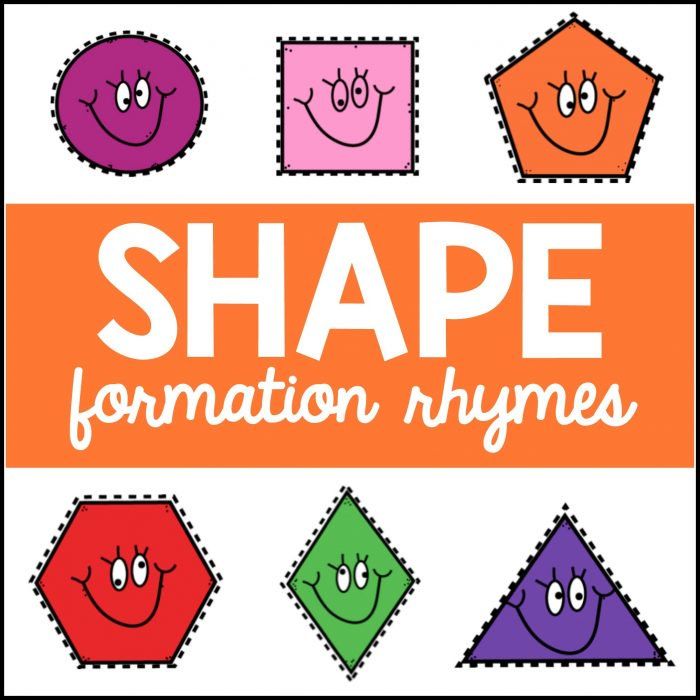
7. The child should be able to name a group of objects with a generalizing word (cow, horse, goat - domestic animals; winter, summer, spring - seasons). Find the extra item in each group. Find a match for each item.
8. The child should be able to answer questions such as: Can I go sledding in summer? Why? Why wear warm jackets in winter? What are windows and doors for in a house? Etc.
9. The child should be able to choose opposite words: a full glass - an empty glass, a high tree - a low tree, go slowly - go quickly, a narrow belt - a wide belt, a hungry child - a child full, cold tea - hot tea, etc.
10. A child should be able to memorize pairs of words after being read by an adult: glass-water, girl-boy, dog-cat, etc.
11. The child should be able to see incorrectly depicted objects in the picture, explain what is wrong and why.Study aids:
1. Find the extra object cards
2. Find the extra object cards.Part 2
3. Cards from the series find a pair
4. Find a shadow in the picture
5. Develop logical thinking
6. Big-small cards
7. Puzzles
8. Krasnoukhov's puzzle
9. Logic coloring
10. Development of Attention
11. Development of Thinking
12. Development of Memory
13. Development of Memory. 15. Add the missing item
16. Game of opposites (Antonyms)
17. Entertaining activities with the child
18. We orient ourselves in space. Right and Left
19. Game - "What is What?"
20. Game Catch a fish
21. Association Game: Find a Pair
22. Memory and Attention Development Game
23. Horse Coloring Book for Children
24. Guess Whose ShadowSpeech Development
Child aged 4 to 5 years must be able to:
1. The child must use a thousand words, build phrases from 6-8 words. Even strangers, and not just parents, should understand the child.
2.The child must understand how the structure of a person differs from the structure of animals, name their parts of the body (hands - paws, nails - claws, hair - wool).
3. The child must be able to correctly put nouns in the plural form (flower - flowers, girl - girls).
4. The child must be able to find an object according to the description (apple - round, sweet, yellow). Be able to independently write a description of the subject.
5. The child must understand the meaning of prepositions (in, on, under, behind, between, in front of, about, etc.).
6. The child must know what professions are, what people in these professions do.
7. The child must be able to maintain a conversation: be able to answer questions and ask them correctly.
8. The child should be able to retell the content of the heard fairy tale, story. Tell by heart a few poems, nursery rhymes.
9. The child must give his name, surname, how old he is, name the city in which he lives.
10.The child should be able to answer questions about recent events: Where were you today? Who did you meet along the way? What did mom buy at the store? What were you wearing?
Study aids:
1. Letters of the Alphabet-Puzzle
2. Studying the letter A. What the beech A looks like.
3. Learning vowels
4. Alphabet in the form of cards
5. How to teach a child to read by syllables
6. Learning to Read. Part 1
7. Learning to Read. Part 2
8. Learning to Read. Part 3
9. Colored Letters of the Alphabet
10. Unique Alphabet by Letters
11. Lotto learning Letters
12. Cards with Letters and a Picture
13. Tongues
14. Rhymes and Counts 101 15. Reading 101 15. Playing Slogs Collect the Word from the Picture and Letters
17. Flashcards - What Letter does the Word Begin with
18. Collect the Word from the Picture and Letters. Didactic GameWorld around
A child aged 4 to 5 should be able to:
1.The child should be able to distinguish between vegetables, fruits and berries, to know what they are when they ripen.
2. The child must know the names of insects, be able to talk about how they move (a butterfly flies, a snail crawls, a grasshopper jumps)
3. The child must know all domestic animals and their cubs.
4. The child should be able to guess the seasons from the pictures. Know the signs of each of them.Practice Materials:
1. Body Parts Cards
2. Transportation Cards
3. Fruit Cards
4. Vegetable Cards
5. Color Learning Cards
6. Furniture Cards 9017 " animals and what they eat"
8. Cards "Clothes and Shoes"
9. Cards Animals and Birds
10. Profession cards
11. Structure of Tree and Leaves
12. Autumn season
13. Winter season
14. Spring season
15. Summer season
16. Learning cards Colors
17. Winter month - December
18.Winter month - January
19. Winter month - February
20. Lessons on the theme of Winter
21. Fruits and berries. Learning and coloring
22. Vegetables. Learning and coloring
23. Fruits and Berries (coloring cards)
24. Vegetables (coloring cards)
25. Spring month - March26. Spring month - April
Household skillsA child aged 4 to 5 should be able to:
1. The child already perfectly fastens buttons, zippers and unties shoelaces, a spoon and a fork obey him well.
2. The child must be able to string large buttons or beads onto a thread.
3. The child must be able to accurately draw lines without lifting the pencil from the paper.
4. The child should be able to shade figures with even straight lines, without going beyond the contours of the picture.
5. The child should be able to trace and color pictures without leaving the edges.
6. The child must be able to draw lines in the middle of the track without going beyond its edges.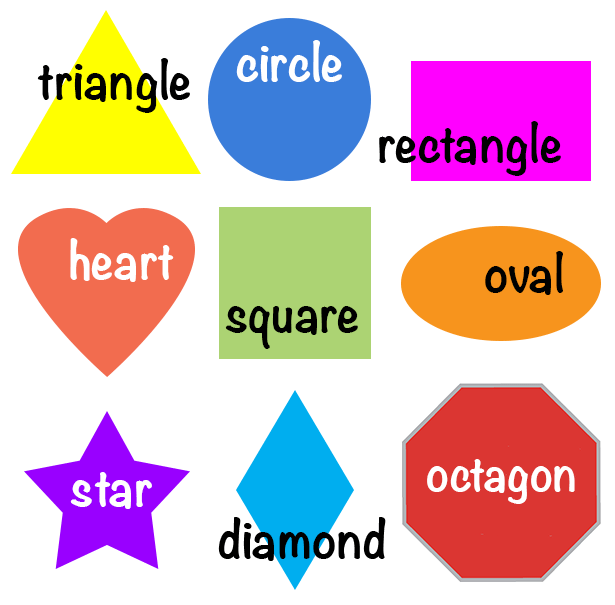
7. The child must distinguish between the right and left hand.Practice aids:
1. Stencils for drawing
2. How to teach a child to tie shoelaces
3. Outline and color
4. Tic-tac-toe game in a new way
5. Signs and Properties of objects
6. Flowers
7. Getting to know the concepts: Right, left, top, bottom
8. Learning the Clock
9. Book My House
10. Parts of the Human Body
11. Recipe for Lefties
12. Game Catch a Fish
13. Bus for Little Ponies
14. Game - all Professions
15. My House. Components of a house.
16. Plasticine and beads
17. Board Game Tell us about your city
18. Children's Rhymes
19. Colored Cardboard Caterpillar
20. Learning Colors with Ice Cream
21. DIY Button Applications
22. Christmas Tree Cones
23. Cheerful Chupa-Chups
24. Learning the Days of the Week
25. How to teach a child to jump rope
26.How to teach a child to clean his room
English
A child aged 4 to 5 can be introduced to English.
Use parent and teacher guides designed to teach English to children aged 4 to 5 in class.Practice aids:
1. English Letter Puzzle
2. Cards with letters of the English alphabet
3. Card numbers in English
4. Cards Fruits and Berries
5. Cards with English words. Part 1
6. Cards with English words. Part 2
7. Furniture cards in English
8. Household appliances cards
9. Clothing cards
10. Vegetable cards in English
11. Months cards in English
12. Transportation cards in English
13. Big puzzles and Small letters of the English alphabetRead also the article for Parents What you need to know about Child Development.
Find out what a child should know and be able to do by age.
Take advantage of the training aids offered by our website.
Child development calendar up to 1 year (by months)
Child from 1 to 2 years old
Child from 2 to 3 years old
Child from 3 to 4 years old
Child from 5 to 7 years oldOur Partners - DELIVERY AROUND THE WORLD!
Main page
Subscribe to: Messages (Atom)
Hard and soft consonants
Use flashcards to teach your child to tell when consonants are soft and hard. Blue - solid Green -
Syllables. Making words from syllables
Syllables. Making words from syllables. Download free flashcards with letters and syllables. There are 20 cards in total. Letters and syllables for children. Cut...
Educational cards for games with children
Today we will get acquainted with the original way of making educational cards for activities with children from 1 year old at no special cost. Interesting...
Russian Alphabet Color Cards
Russian Alphabet Color Cards.
Each card with a letter has a picture starting with that letter. With these cards you can ...
Connect the numbers and Color the picture
Learning numbers and counting with your child? How to fix the passed material? Consolidation of the material covered can be turned into an interesting and r...
Pictures with the image of Clothes and Shoes
Pictures with the image of everyday clothes and shoes, Clothes, Shoes, clothes cards, Shoes cards. Thematic cards "Clothes"
Syllables cards (not colored)
Syllables. Download free cards. Download free cards (not colored) with letters and syllables. Total cards: 21. Letters and syllables for ...
Profession Cards
Unique Profession Cards. Download Free educational cards with professions for your children. Acquaintance of children with professions ....
Lessons on the theme of Winter
Lessons on the theme of Winter.
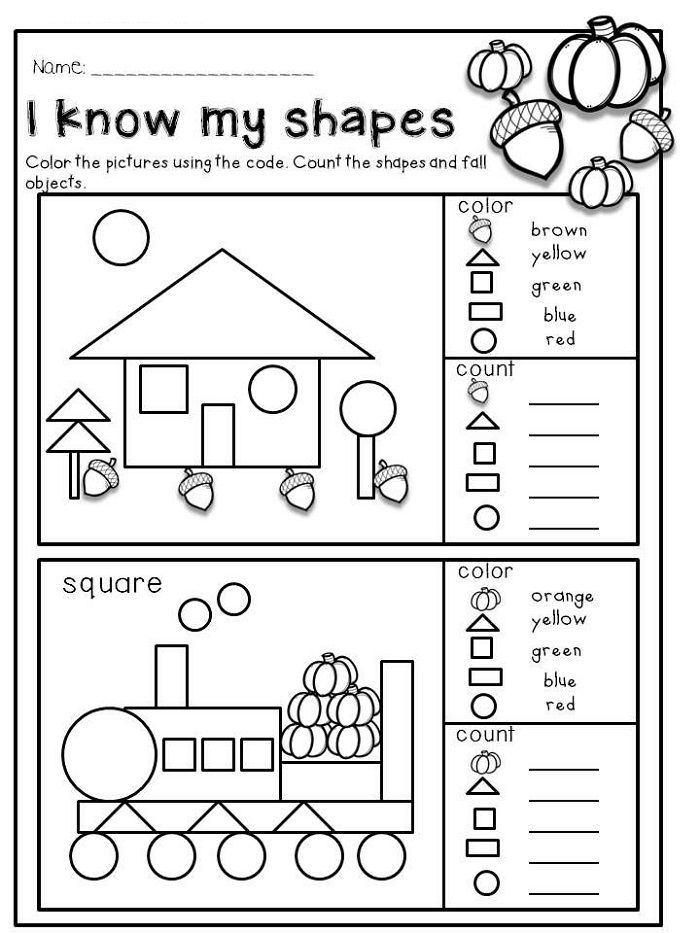
Learn more

